 Abraham Lincoln
If given the truth, the people can be depended upon to meet any national crisis...
Abraham Lincoln
If given the truth, the people can be depended upon to meet any national crisis...
 Guildford news...
for Guildford people, brought to you by Guildford reporters - Guildford's own news service
Guildford news...
for Guildford people, brought to you by Guildford reporters - Guildford's own news service
Birdwatcher’s Diary No.262
Published on: 10 Sep, 2022
Updated on: 10 Sep, 2022
By Malcolm Fincham
For reasons beyond my control, my vision of keeping fortnightly reports seem to lose synchronicity about this time of year. Once again I can only apologise for my consistency of failure!
My continuing attempts to remain informative and up-to-date on a limited budget took another tumble for me during the month of August.
Although my camera equipment continued to withstand the constant abuse I have to put it through, my overworked computer system had let me down. Once again, I was much indebted to my son William for the repair of my laptop.
What had been a long hot dry summer continued well into August. And as in the summer of 1976 the hosepipe ban was introduced just after the first heavy rain fell.
On the plus side, it had been a great year for a variety of species that had benefited from what had been a sensationally warm summer.
Locally hummingbird hawk moths had had an exceptionally good year, with reports of sightings in many gardens in Guildford and surrounding areas. Including numerous encounters of my own.
Another attractive moth seen in good numbers locally this year has been the Jersey tiger moth. I saw several at numerous locations, but presently unable to retrieve from my computer the photos I took.
On the south coast at Pagham in West Sussex, a squacco heron continued to show well during the first days of August.
A relatively recent arrival of cattle egrets, to the UK over the past few years seemed to be now breeding in the area. With a self-sustaining flock of more then 40 birds in among the cattle at North Wall, Pagham. As with the once rare sighting of little egrets, it would appear these were now here to stay!
Nearer to home on one of my local “patch” at the Riverside Nature Reserve, near Burpham, along the River Wey, a few, mostly male banded demoiselles continued to enjoy the extended warm spell.
While on still water areas about Stoke Lake several other species of damsel and dragonflies could be viewed.
 And migrant hawkers hovered over the ditches tempting me to the challenge of catching one in flight. Luckily, one gave me a few seconds of opportunity.
And migrant hawkers hovered over the ditches tempting me to the challenge of catching one in flight. Luckily, one gave me a few seconds of opportunity.
Also noticed there, a hornet hover-fly (Volucella zonaria) one of the largest and most impressive flies in Britain.
Holly blue butterflies had begun to erupt on their second brood.
On Stoke Lake at the Riverside Nature Reserve, Burpham, the first three tufted ducks of late summer had arrived.
A pair of great crested grebes could be viewed tending to their young, as they attempted to raise a second brood. The male, catching what looked to be small perch, then returning to its young, tucked away close to the island and watched over by his partner.
Along the path beside the lake a green woodpecker could be regularly viewed attempting to find insects on the gravel and dry, bare soil.
While a few reed buntings continued to be viewed in the meadow.
Along the thickly bramble-lined hedgerows in the area surrounding the Slyfield recycling centre, groups of starlings could be seen feasting on the blackberries there.
While on the brambles and nettles in the sunnier spots, comma butterflies could be viewed.
And speckled wood butterflies danced in the dappled sunlight.
At least three red kites could be seen on occasions at the recycling centre, looking rather tatty after their their breeding seasons.
On Denbies Hillside, near Dorking during the first weeks of the month, adonis blue butterflies could be viewed, now out on their second brood of the year.
While silver spotted skipper butterflies had also begun to emerge.
A few large skippers continued to be seen there, allowing an opportunity to show comparisons.
On the south-facing slopes of Pewley Down, just south of Guildford town centre, it had been an exceptional year for clouded yellow butterflies, having sighted as many as four on one occasion and even heard reports of as many as six with at least one pair seen breeding.
A few, similar in colour, brimstones could also still be found.
Apart from that, chalkhill blue butterflies were in reasonable numbers on the local downland, peaking during the first week of August.
Brown argus butterflies were now out on a second brood.
Overhead, a common buzzard could be heard mewing, while looking rather tatty in its now moulting summer feathers.
A sparrowhawk circled overhead allowing me to capture a few photos.
While on the northern side of the downland a kestrel could be regularly viewed.
On August 11, I stuck around until just after dusk to watch what was the second full moon of the summer, also called the Full Sturgeon Moon, as it rose above the Chantries.
On a brief visit to Clandon Wood Burial Ground I conveniently picked a day when they were harvesting their grasslands. Although not so many as previous years, at least four red kites were on the scene to supervise, swooping down to capture any prey that may reveal itself.
While at Tice’s Meadow near Tongham, during the latter days of the month, common snipe had begun to return from their breeding grounds with several individuals viewable at close quarters probing the wet soil close to the lower viewing hide.
A rather confiding lapwing could also be viewed there. Also from the waterside hide a stag roe deer could be seen grazing on the reeds at the back of the marsh.
Nearer to home at Britten’s Pond along Salt Box Road, in Worplesdon, a kingfisher could, once again, be regularly seen, though mostly just in flight across the water before somehow blending out of sight among the leaves of the trees overhanging the pond.
Easier to view was one particular moorhen that seemed, for some unknown reason, like to pose on several occasions on one of the marker posts out on the water.
Every now and again a small group of half a dozen, or so, hirundines, mostly swallows, swooped down skimming over the water to take a slurp to wash down the insects they had been catching.
Three Egyptian geese had returned to the pond, having spent their summer elsewhere.
I always enjoy taking random in-flight shots, especially of geese as they fly up from the water. However, not having my computer to download my photos, it wasn’t until several days later that I realised what I had thought at the time to be an Egyptian goose, was in fact a ruddy shelduck!
Along the tree-lined footpath around the pond a variety of passerines could be picked out once again to photo. These included a bullfinch recognised by its short piping call.
A nuthatch that gave itself away by its tapping on a branch above me, looking for insects to feed on.
Chiffchaffs were plentiful in the branches, especially the ones overhanging the water.
Long-tailed tits appeared to have had another good breeding season, hearing and seeing them at most places I visited.
On August 25 I took up an invite from two school day pals, David Rose and Simon Vine, to visit the London Wetland Centre, near Barnes.
Among the delights there we were able to hear and even see was one of the many Cetti’s warblers calling that day.
Viewing from the hides, we were able to add several common sandpipers that were showing well.
A common redshank.
And an oytercatcher.
Across The River Thames, just to the north of the reserve, several building of the London skyline could be observed.
And just east of us, across the water was Fulham’s football ground. Craven Cottage.
Once rumoured to have been first released by rock musician Jimi Hendrix, who lived in the area in the late 1960s, rose-ringed parakeets were numerous.
Looking up to check the time on a large clock, as we were leaving, I wondered: “Was this where Hendrix he got the inspiration for the song All along The (Clock) Tower? Soon remembering That All Along The Watchtower (to give it its correct title) was originally “penned” by Bob Dylan!
Numerous fruitless attempts throughout the month checking the blackthorn hedgerow along the summit of Pewley Down finally bore fruit, eventually finding a lone brown hairstreak butterfly on August 26. This completing, once again, more than 40 species of butterflies seen in Surrey in a summer.
Small heath butterflies had made a resurgence along the hillside.
Small white butterflies were now the most abundant there.
While gatekeeper butterflies and meadow browns were rapidly coming to the end of their reign.
Although returning passage migrants seem to have been thin on the ground around most of the northern side of Guildford where I had been birdwatching in recent weeks, I was able to catch up with one of many recently reported migrating south. I eventually found a whinchat while on a visit to Whitmoor Common.
It was loosely associating with a family group of both juvenile and adult resident stonechats. They could be found in the area where the fire I had mentioned in a previous report earlier this year had occurred.
Having suffered a bit of a dearth of birds on their late summer departures locally, at the same Whitmoor location I incurred the delight of adding a wheatear to my sightings.
Now revitalised with new green shoots of recovery pushing up through the parched ground, two woodlarks were also present, and as always well camouflaged by their surroundings.
Along the track, adjacent to the area, stood a lonesome pine about 15 feet high, unscarred by the aforementioned fire. In it were two small birds making contact calls. Frustratingly for me I knew the sound but was unable to instantly name the bird. My eventual hunch turned out correct, when a coal tit briefly showed long enough for a photo.
A pleasant addition to the day’s sighting was the distant view of two roe deer.
Probably my best sighting there so far this year, was a grayling butterfly, having never seen one there before.
A trip out to Papercourt water meadows near Send brought little in the way of avian sightings during the last days of the month.
However, one unusual caterpillar crossed my path. Unable to escape my attention I took a few photos, intrigued to what it might be? “Not sure I’ve seen one of these before?” I mumbled under my breath.
Having Googled it’s description I was no further forward. Thankfully “Deterin8tor” AKA Shaun Foote, came to my rescue on Twitter, confirming it to be a goat-moth caterpillar.
The last days of August brought with it our first decent spells of rainfall of summer and one could almost sense the sighs of delight from the vegetation as the smell of petrichor rose from the ground.
Recent Articles
- Guildford Institute’s Crowdfunding Project for Accessible Toilet in its New Community and Wellbeing Centre
- Letter: Guildford – Another Opportunity Missed?
- Letter: GBC’s Corporate Strategy – Where Is the Ambition?
- My Memories of John Mayall at a Ground-breaking Gig in Guildford Nearly Six Decades Ago
- Westborough HMO Plans ‘Losing the Heart of the Street’ Says Resident
- College Invests to Boost Surrey’s Economy and Close Digital Skills Gap
- Community Lottery Brings Big Wins for Local Charities
- GBC Housing Plan Promises ‘A Vibrant Urban Neighbourhood’ Near Town Centre
- Hospital Pillows ‘Shortage’ at the Royal Surrey
- Updated: Caravans Set Up Camp at Ash Manor School


Search in Site
Media Gallery
Dragon Interview: Local Artist Leaves Her Mark At One of England’s Most Historic Buildings
January 21, 2023 / No Comment / Read MoreDragon Interview: Lib Dem Planning Chair: ‘Current Policy Doesn’t Work for Local People’
January 19, 2023 / No Comment / Read MoreA3 Tunnel in Guildford ‘Necessary’ for New Homes, Says Guildford’s MP
January 10, 2023 / No Comment / Read More‘Madness’ for London Road Scheme to Go Ahead Against ‘Huge Opposition’, Says SCC Leader
January 6, 2023 / No Comment / Read MoreCouncillor’s Son Starts Campaign for More Consultation on North Street Plan
December 30, 2022 / No Comment / Read MoreCounty Council Climbs Down Over London Road Works – Further ‘Engagement’ Period Announced
December 14, 2022 / No Comment / Read MoreDragon Interview: GBC Reaction to the Government’s Expected Decision to Relax Housing Targets
December 7, 2022 / No Comment / Read MoreHow Can Our Town Centre Businesses Recover? Watch the Shop Front Debate
May 18, 2020 / No Comment / Read More




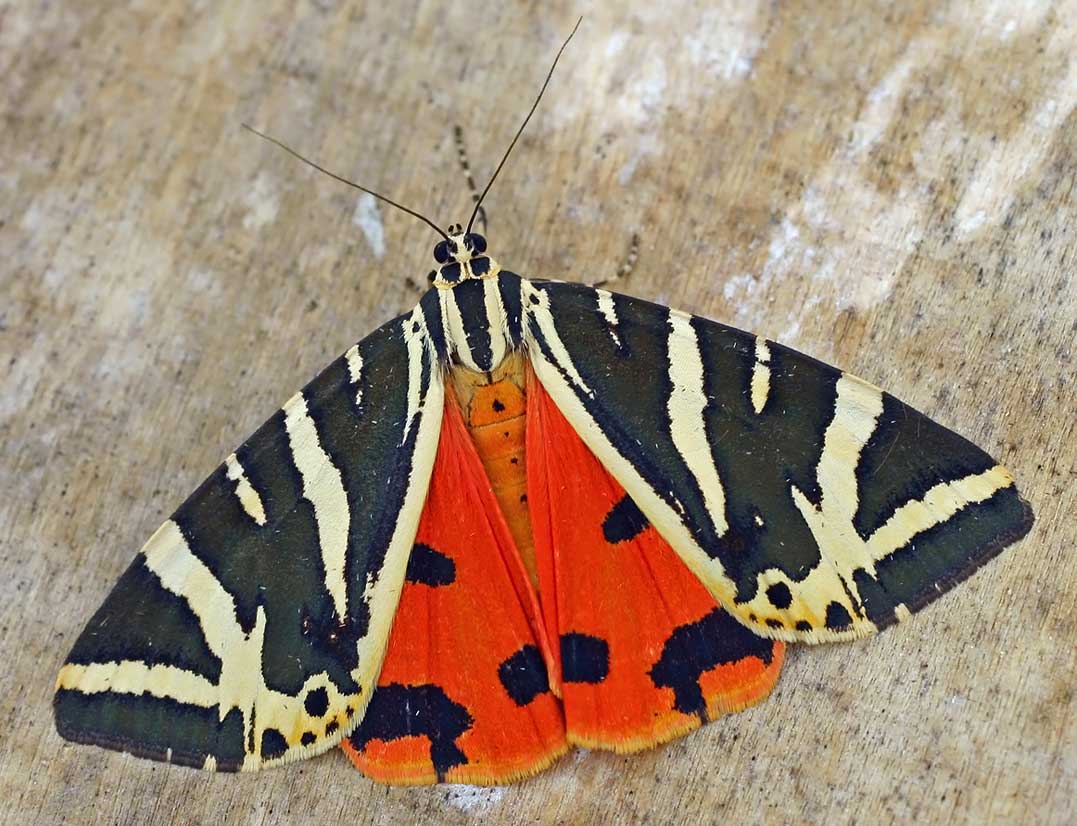
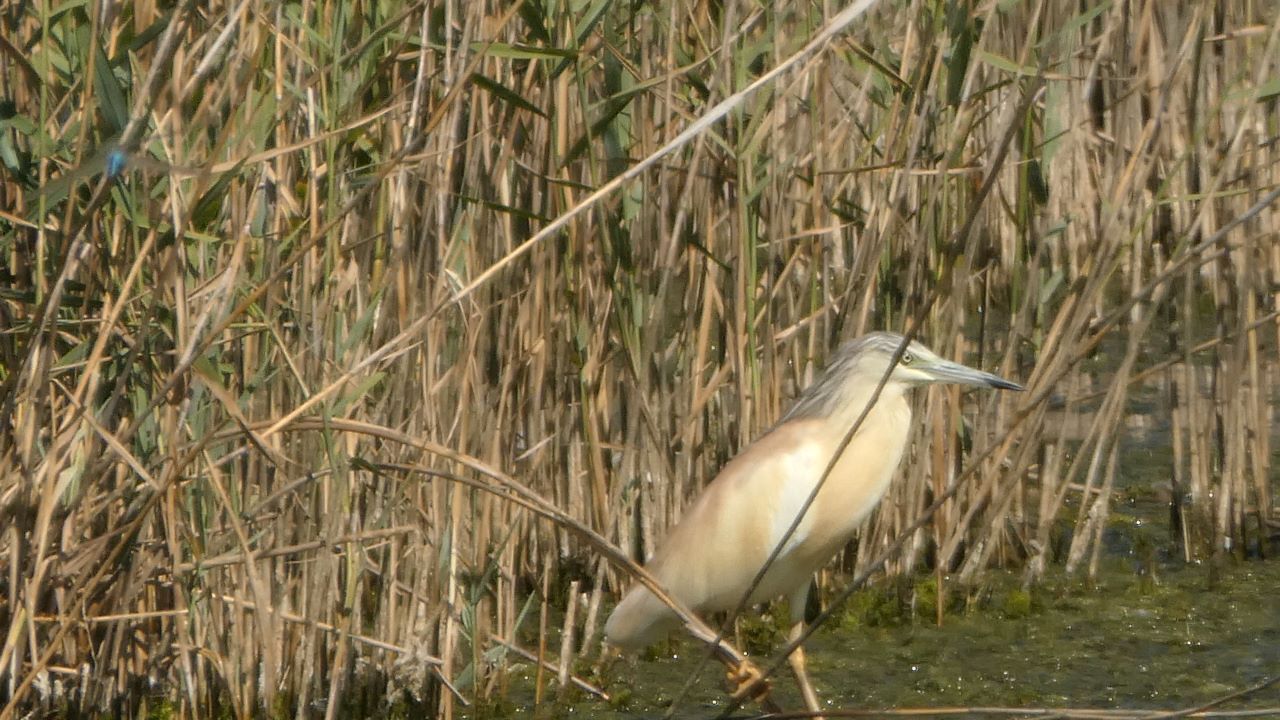
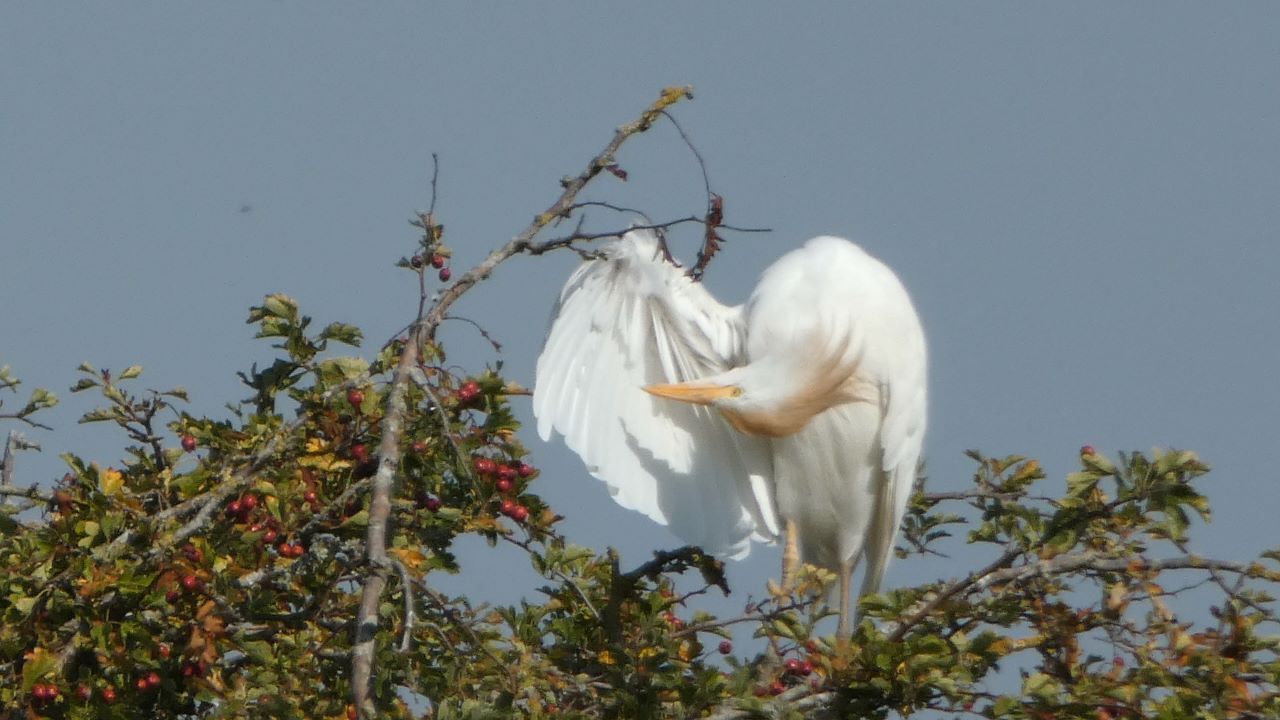
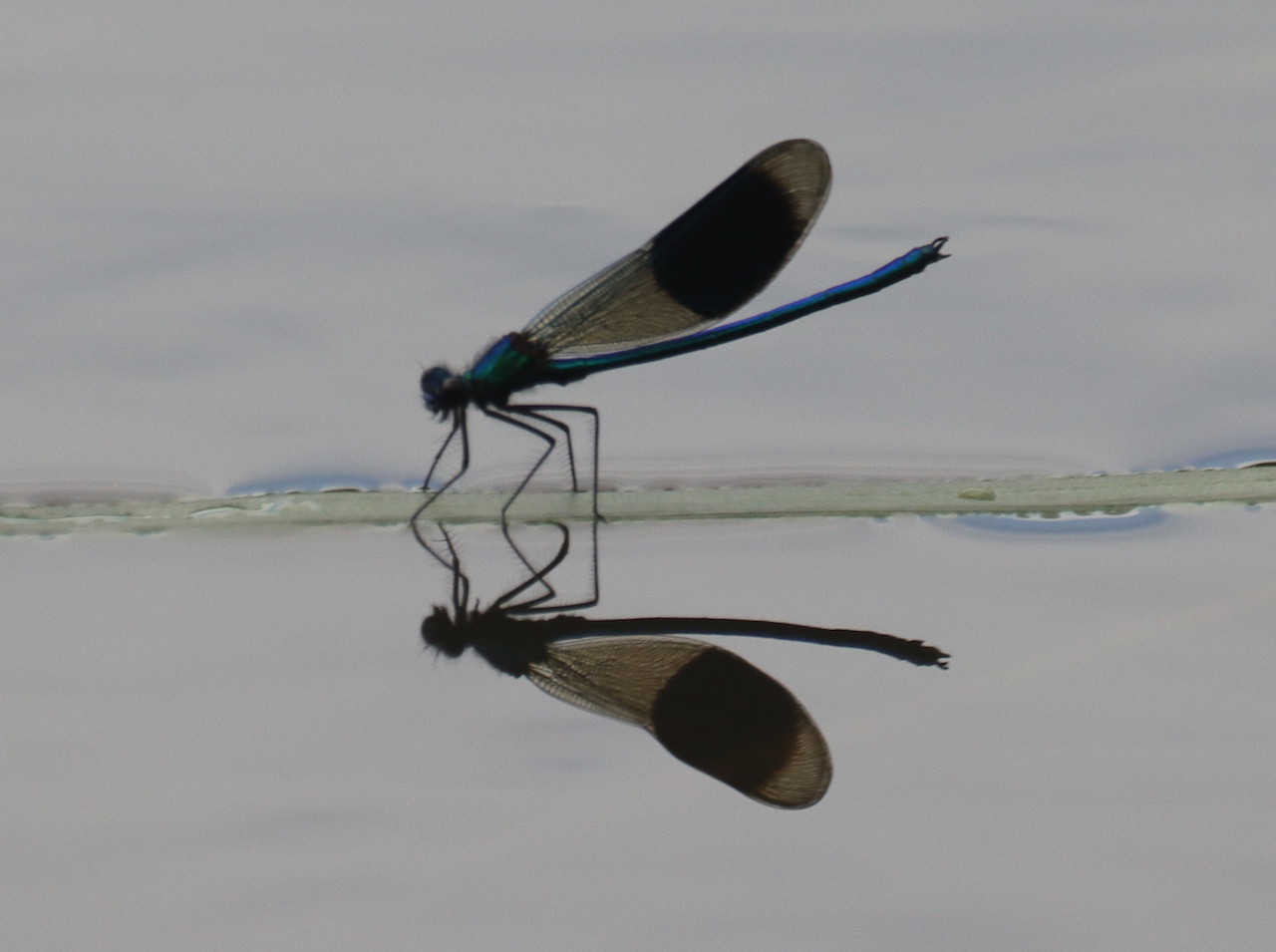

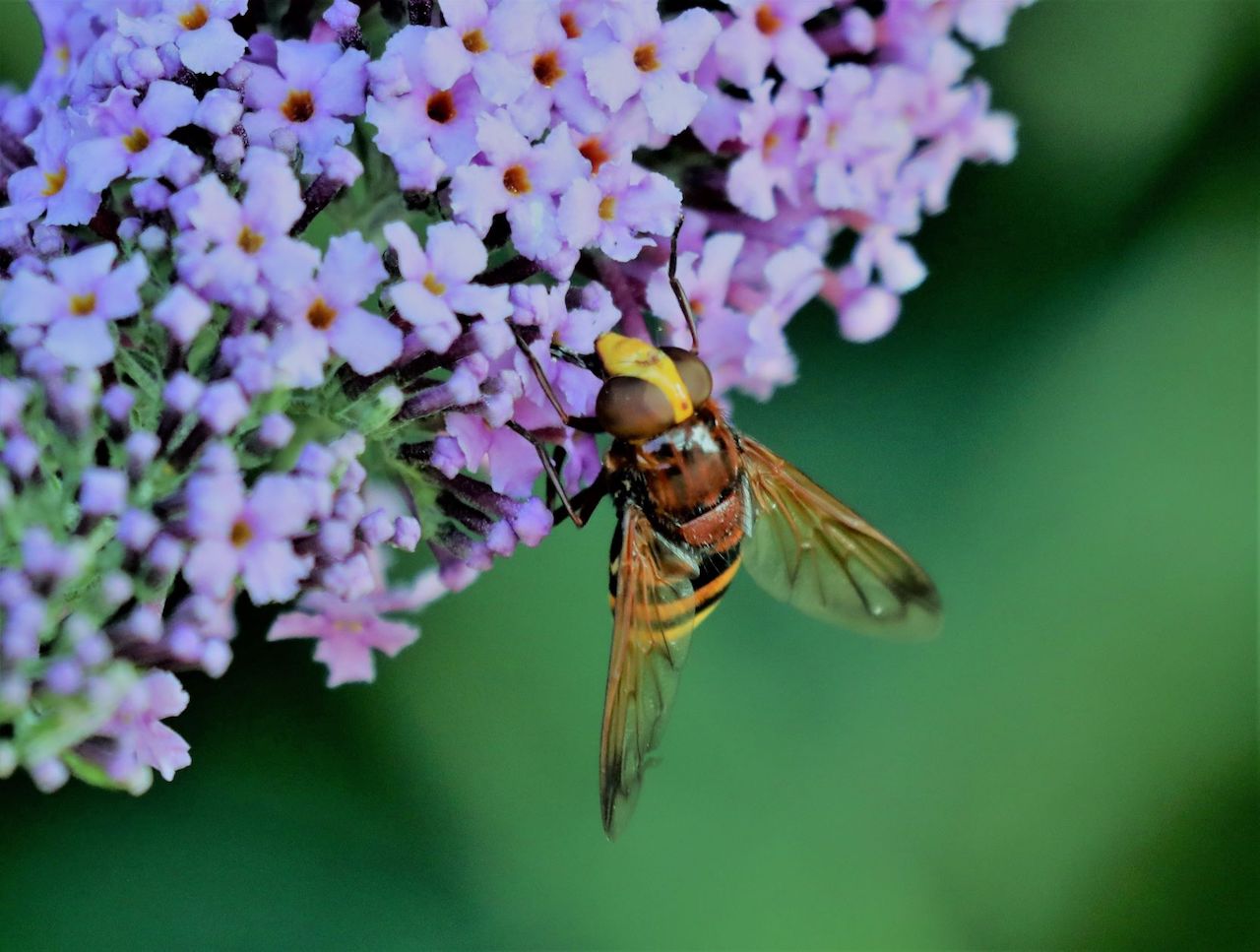
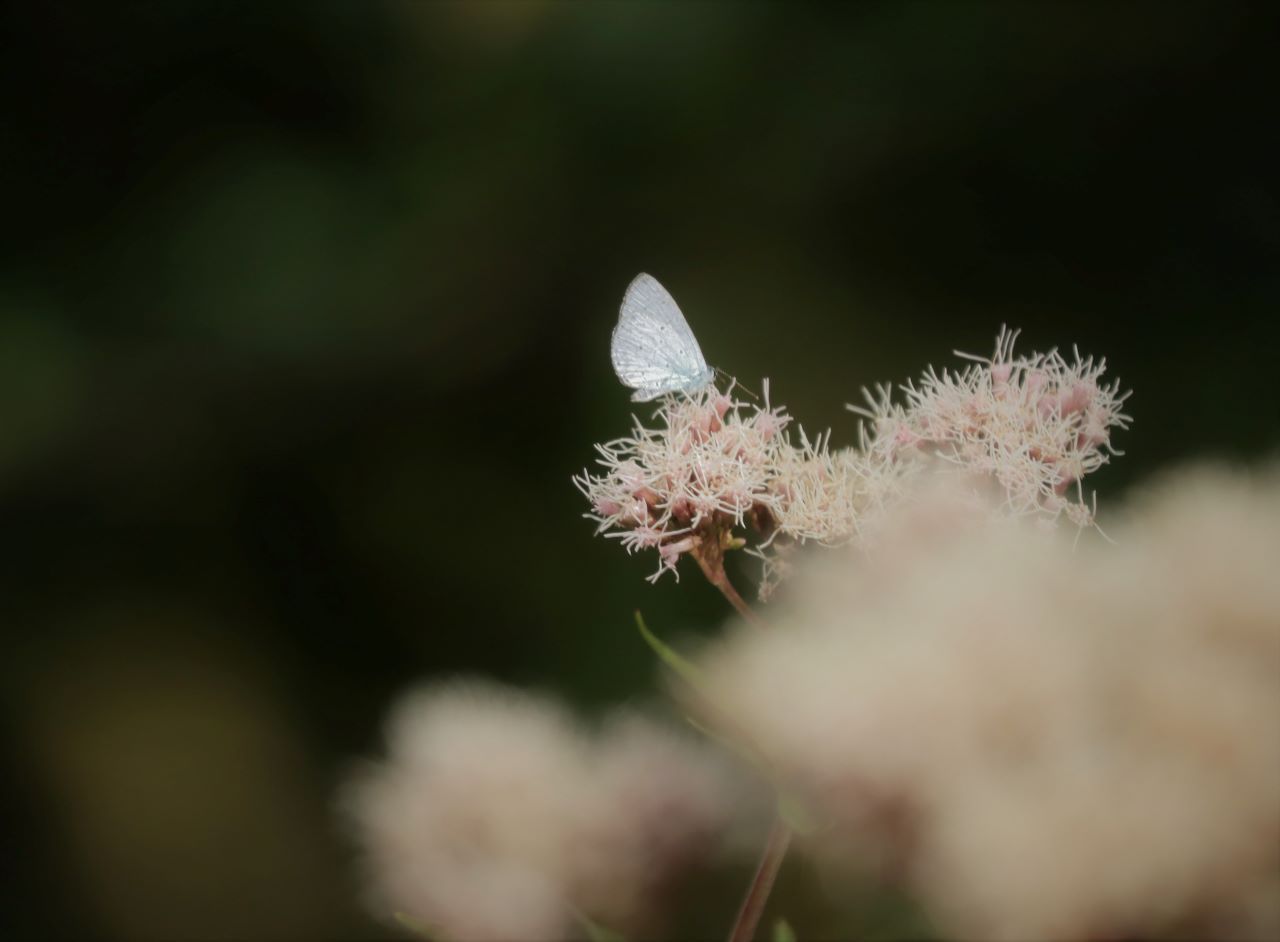

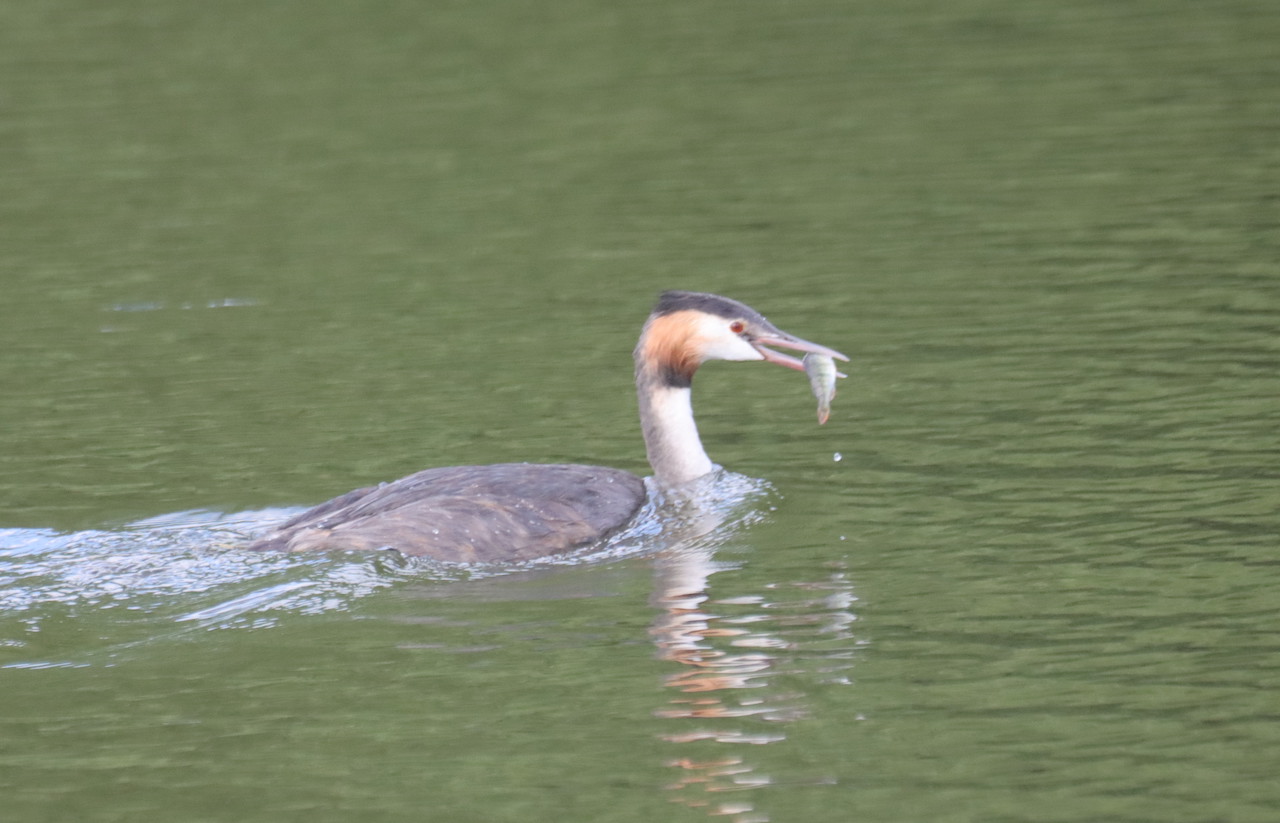
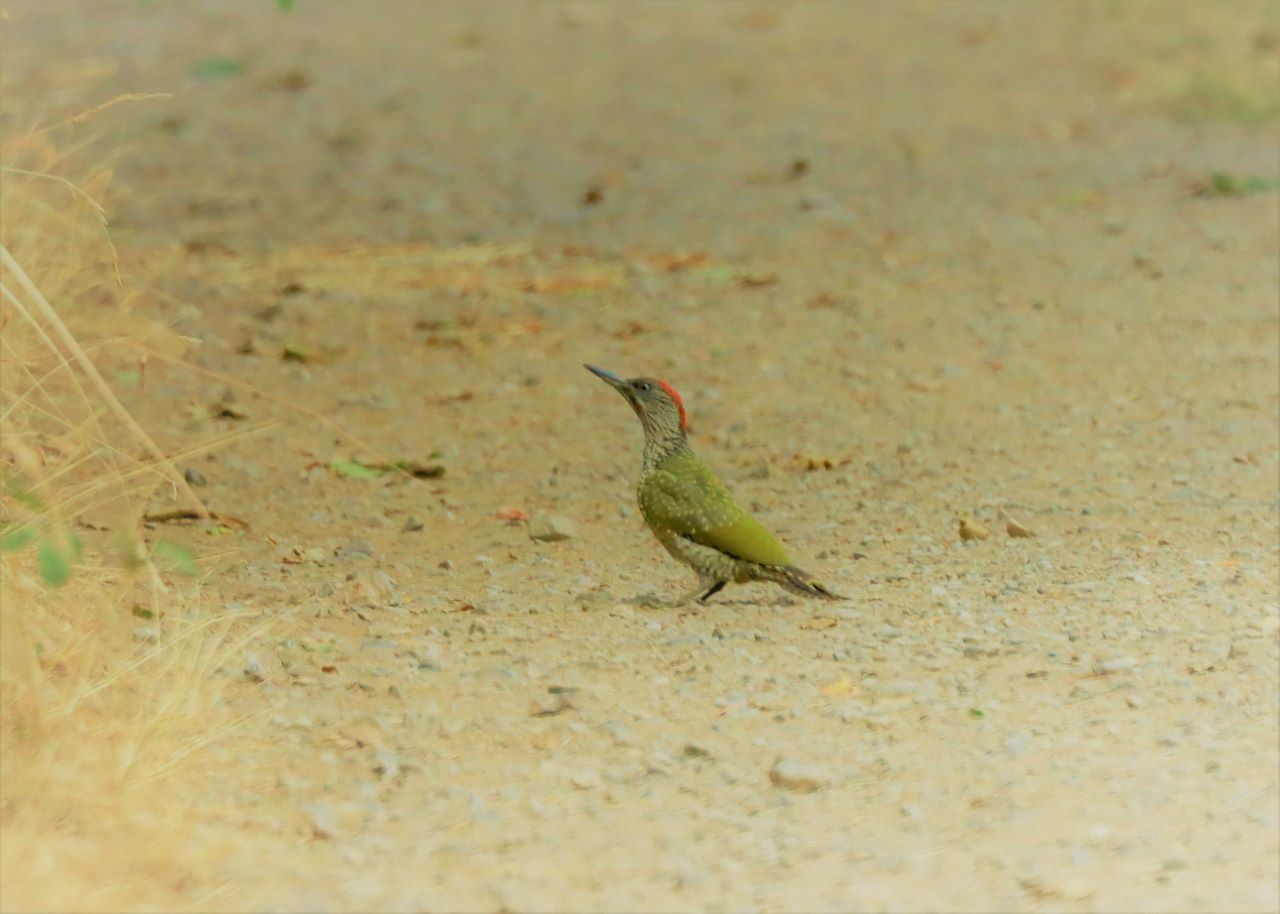
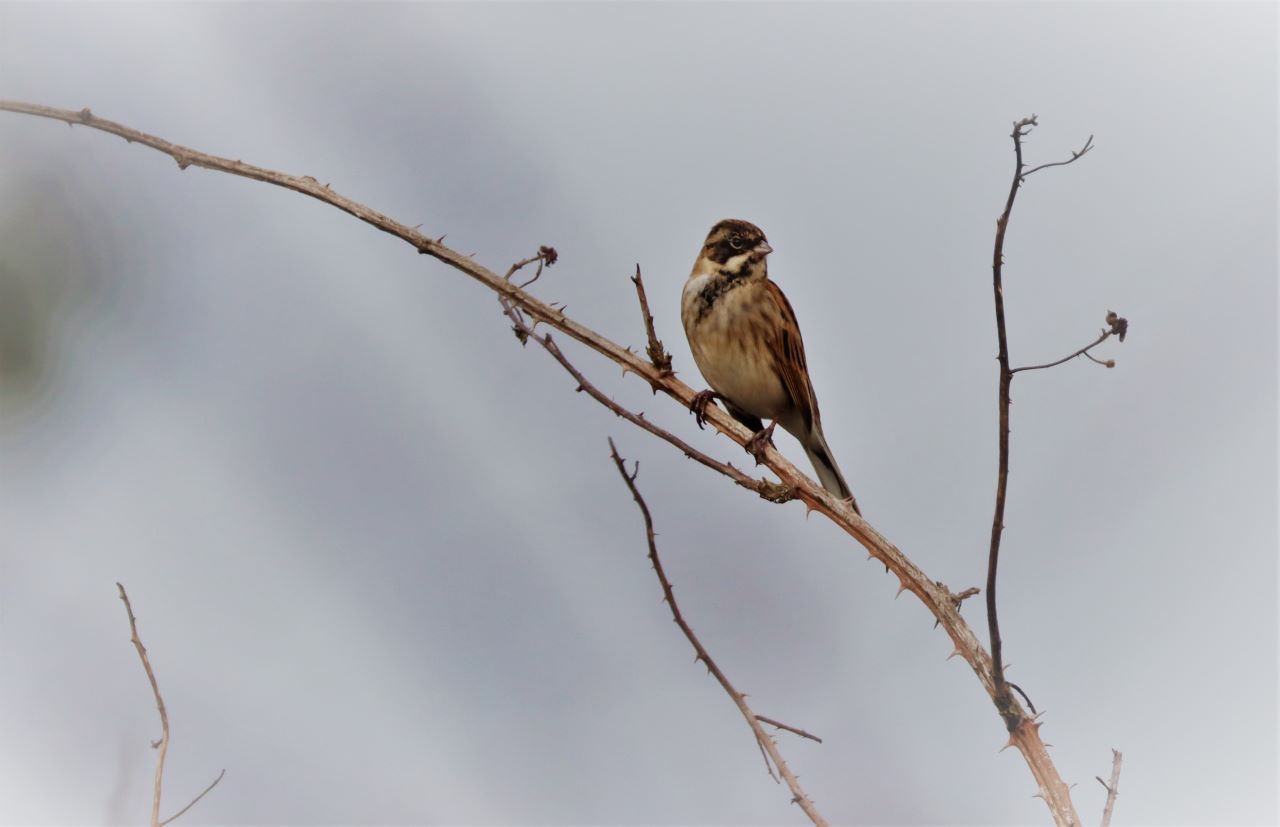
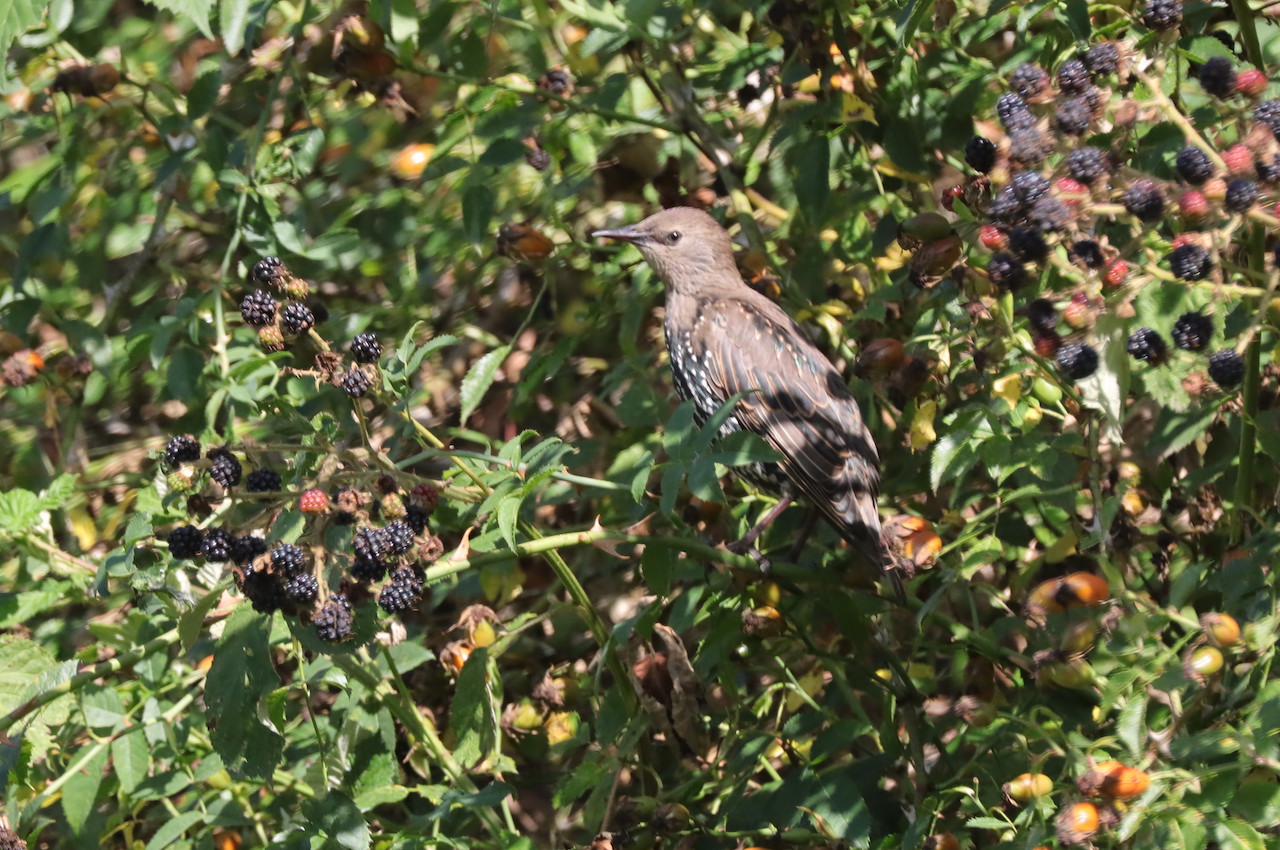

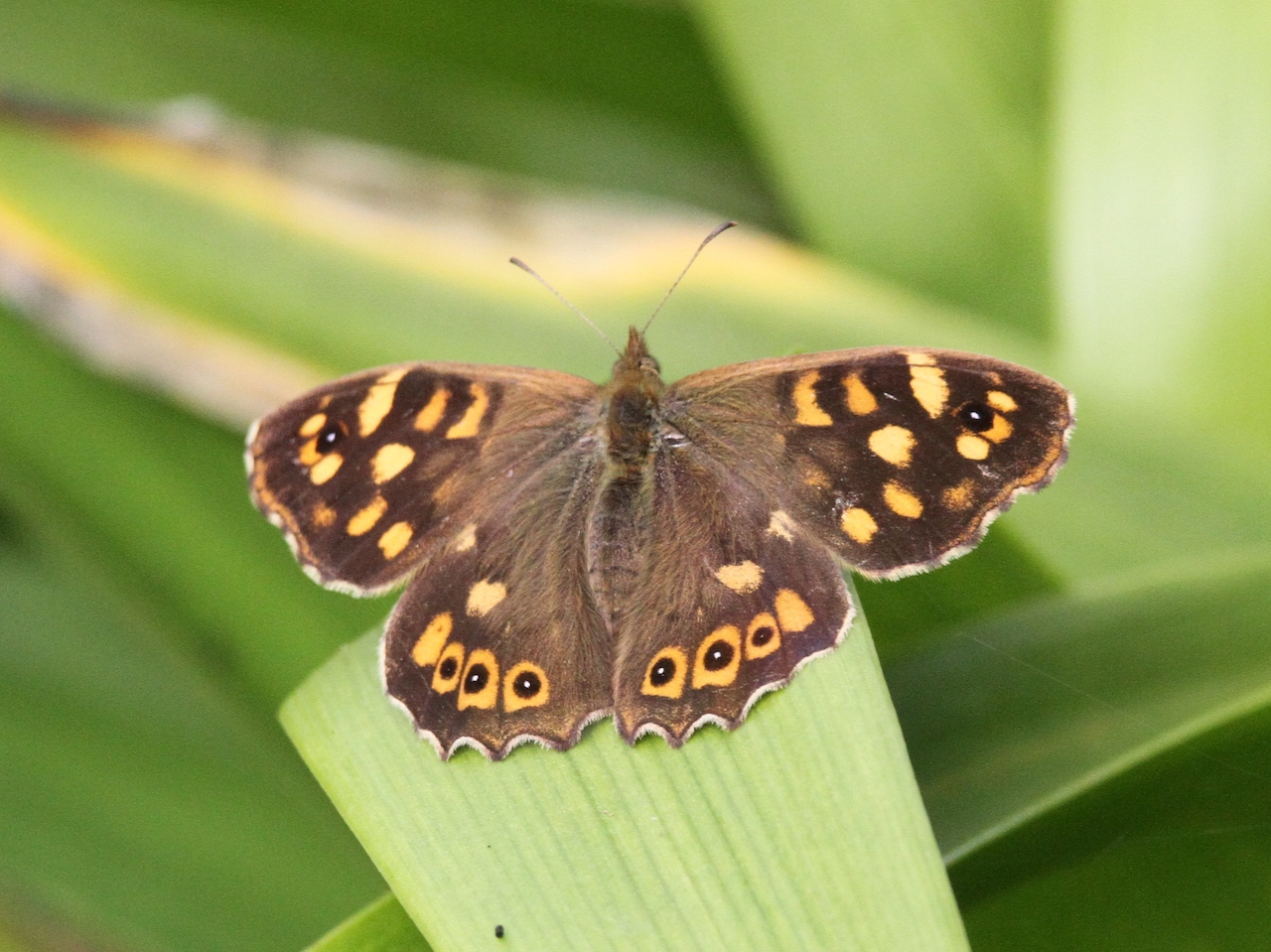
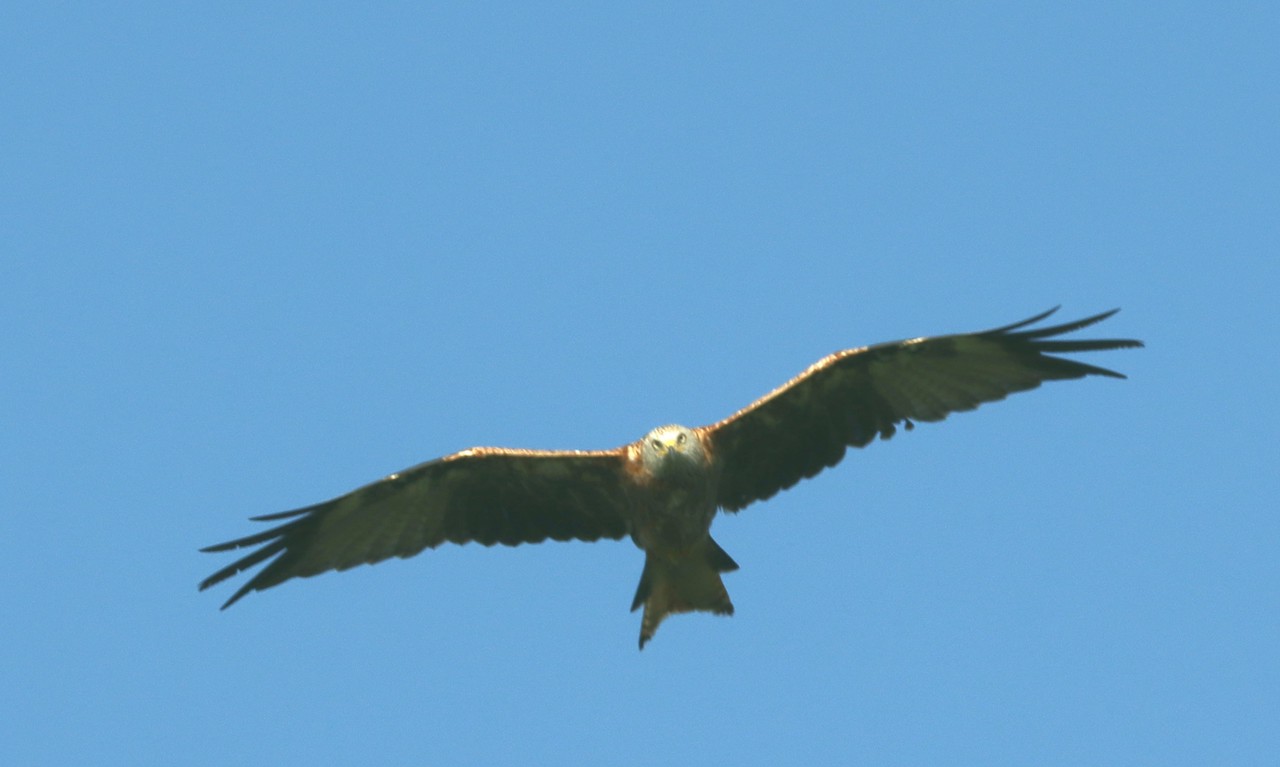


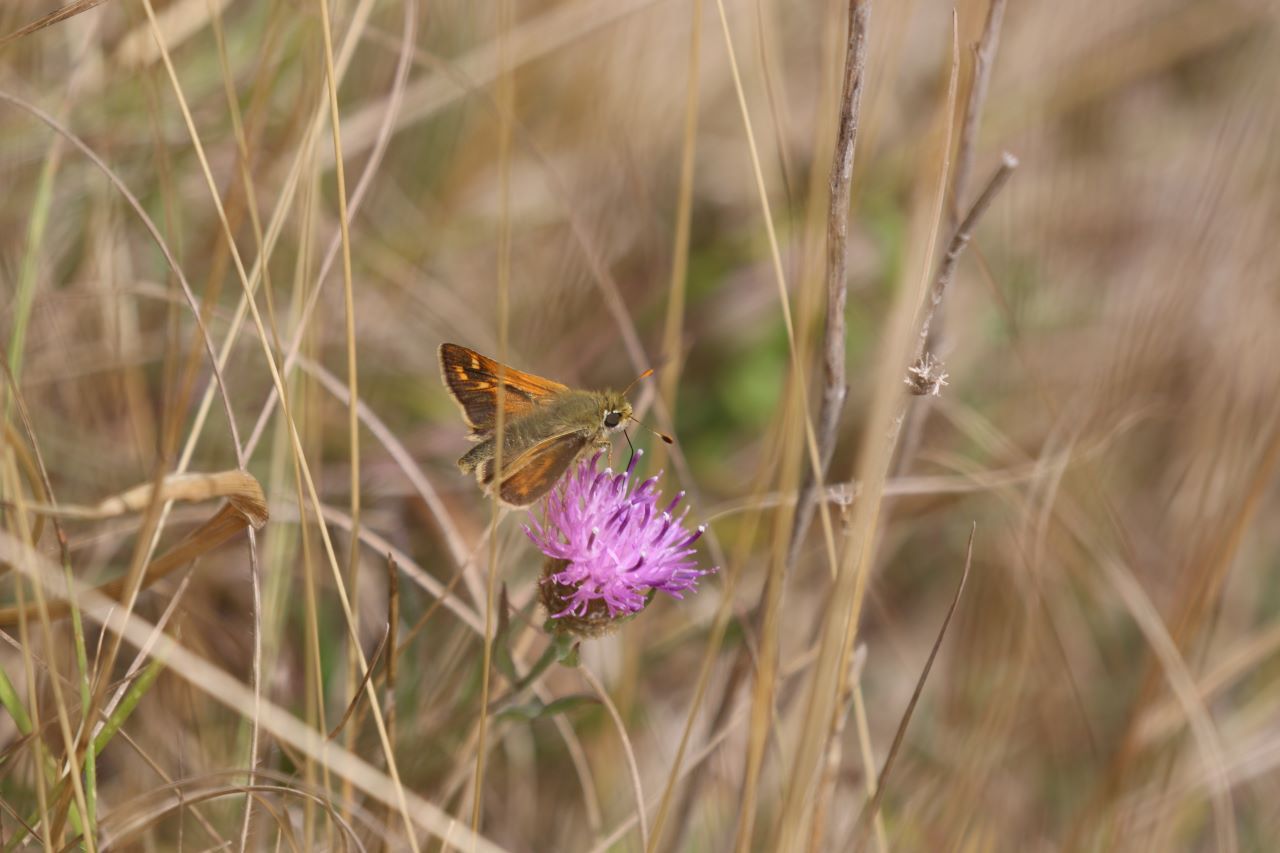


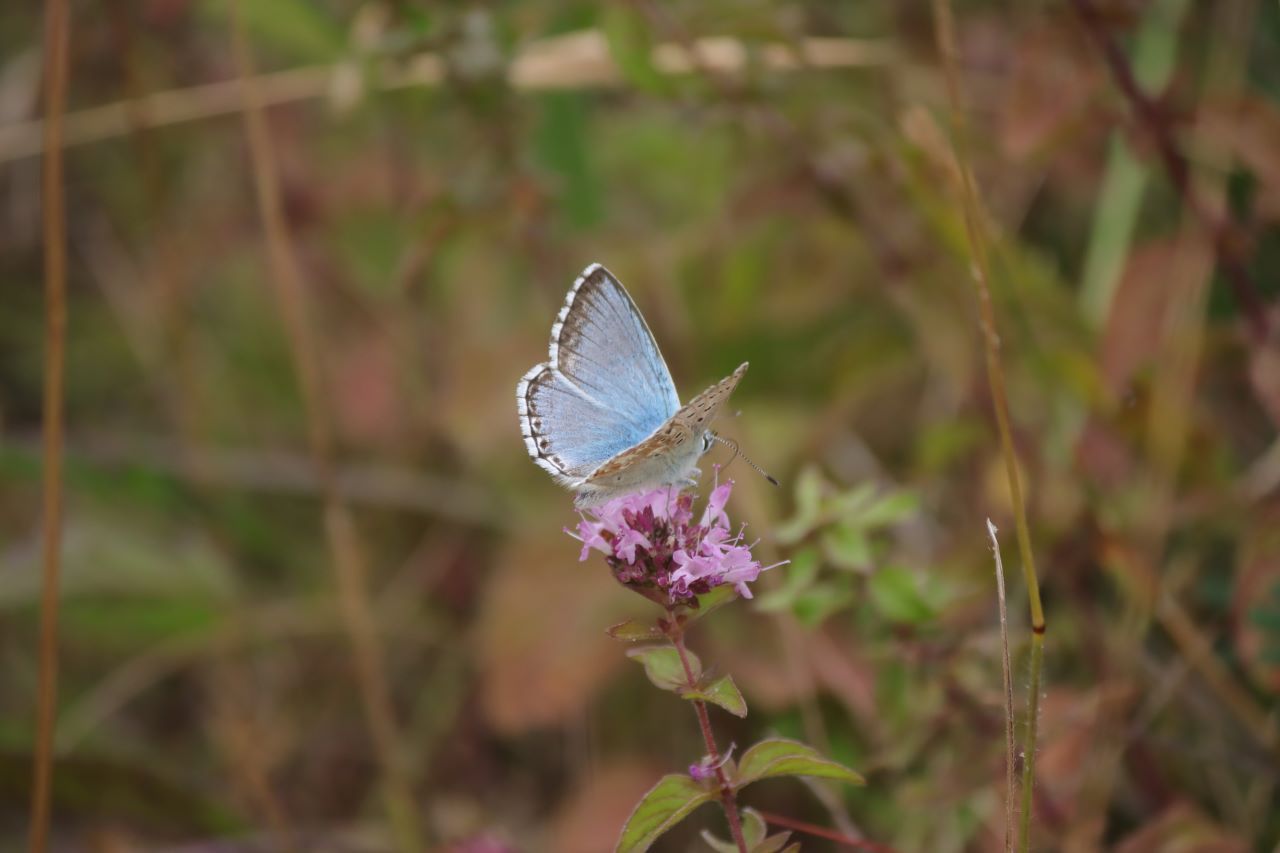
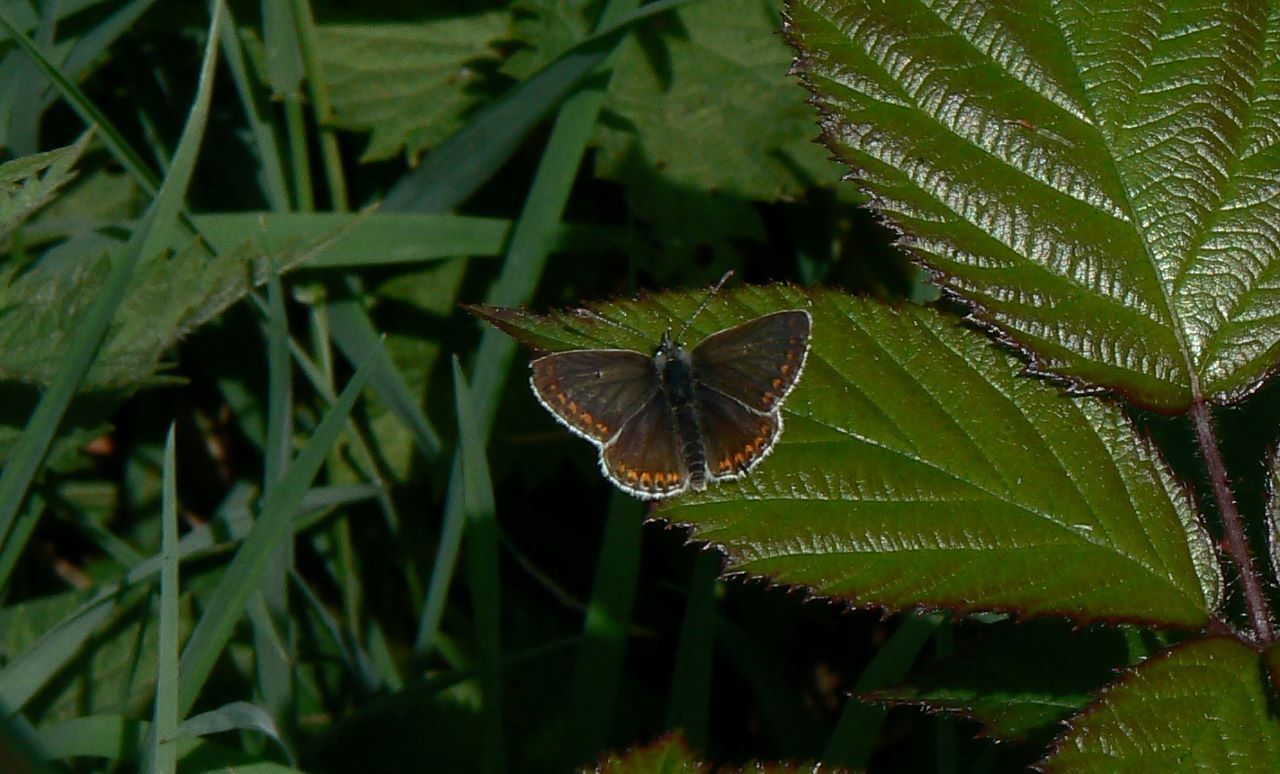
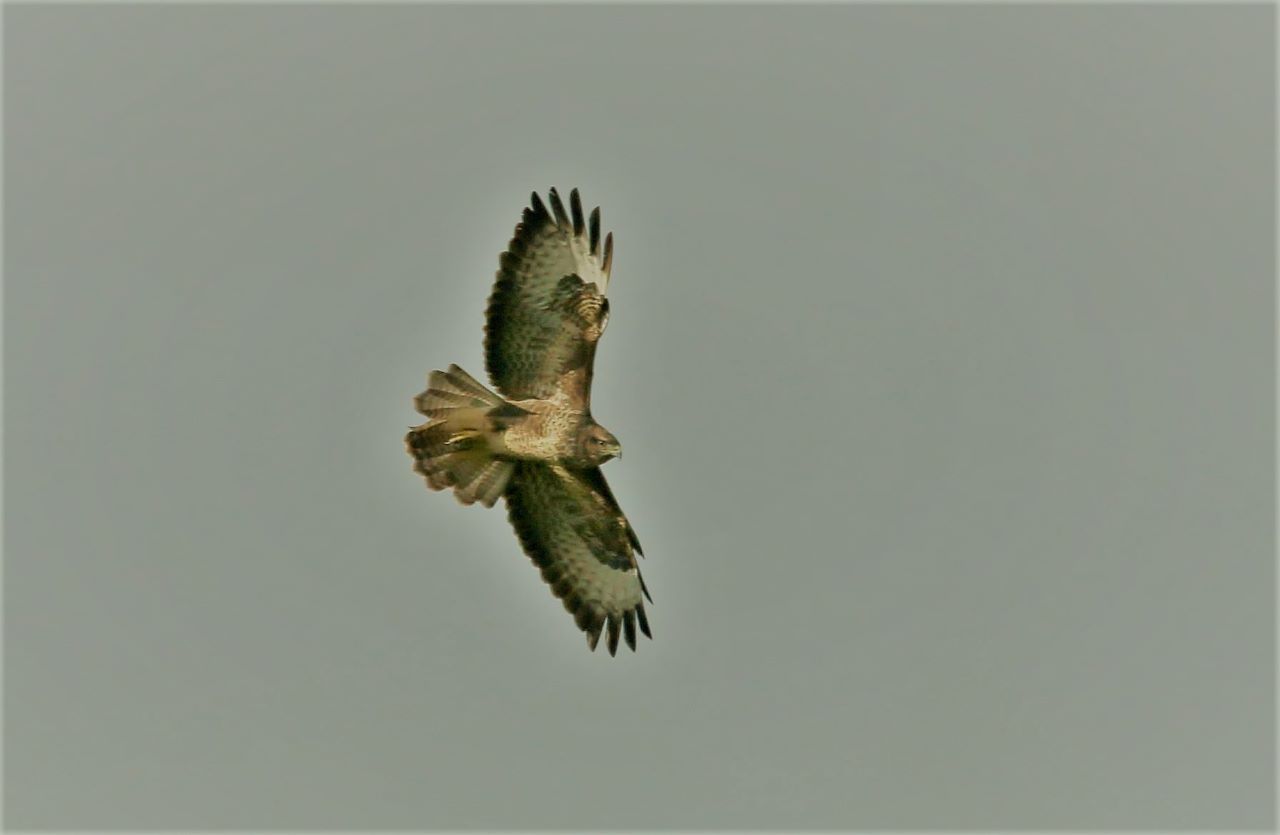

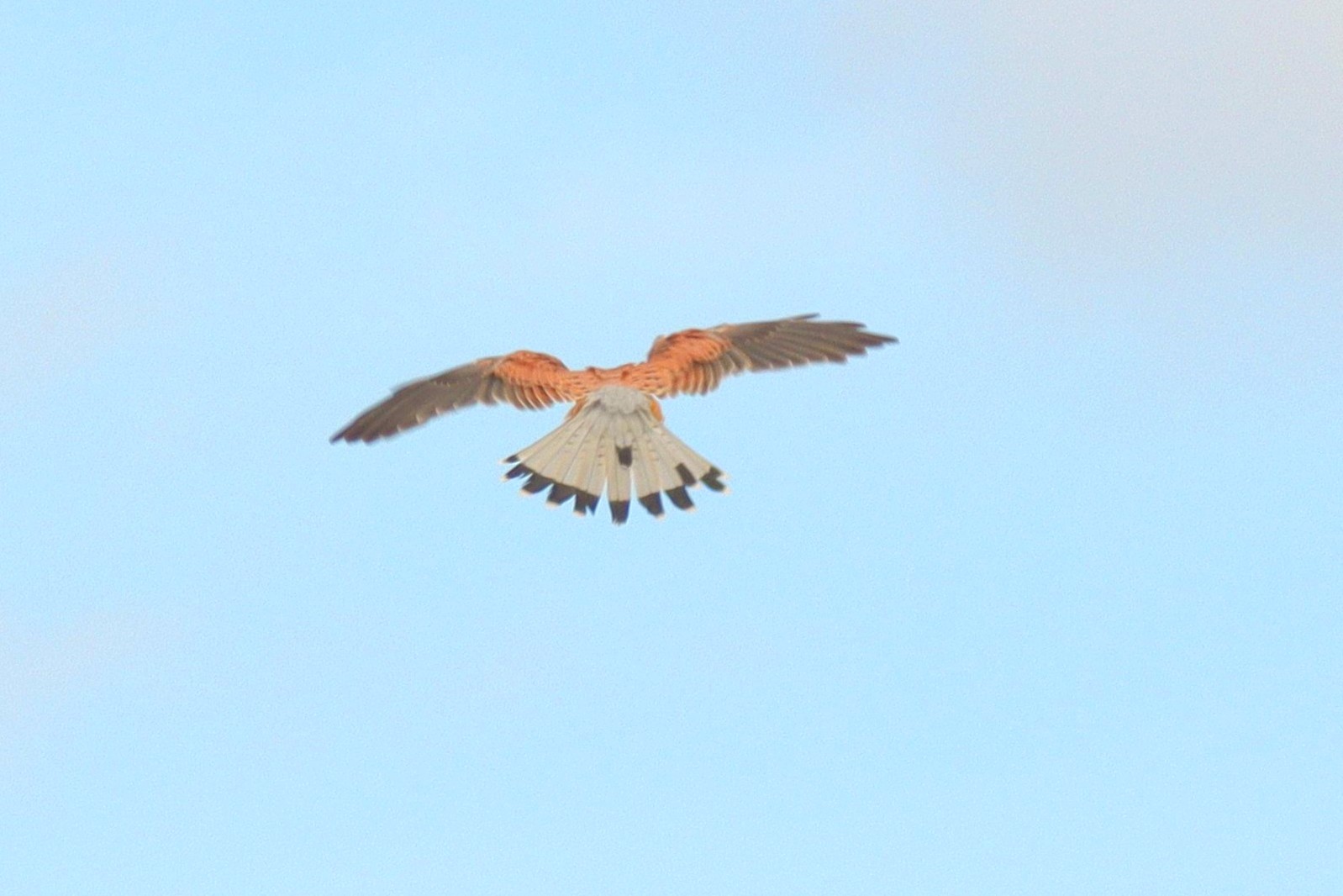
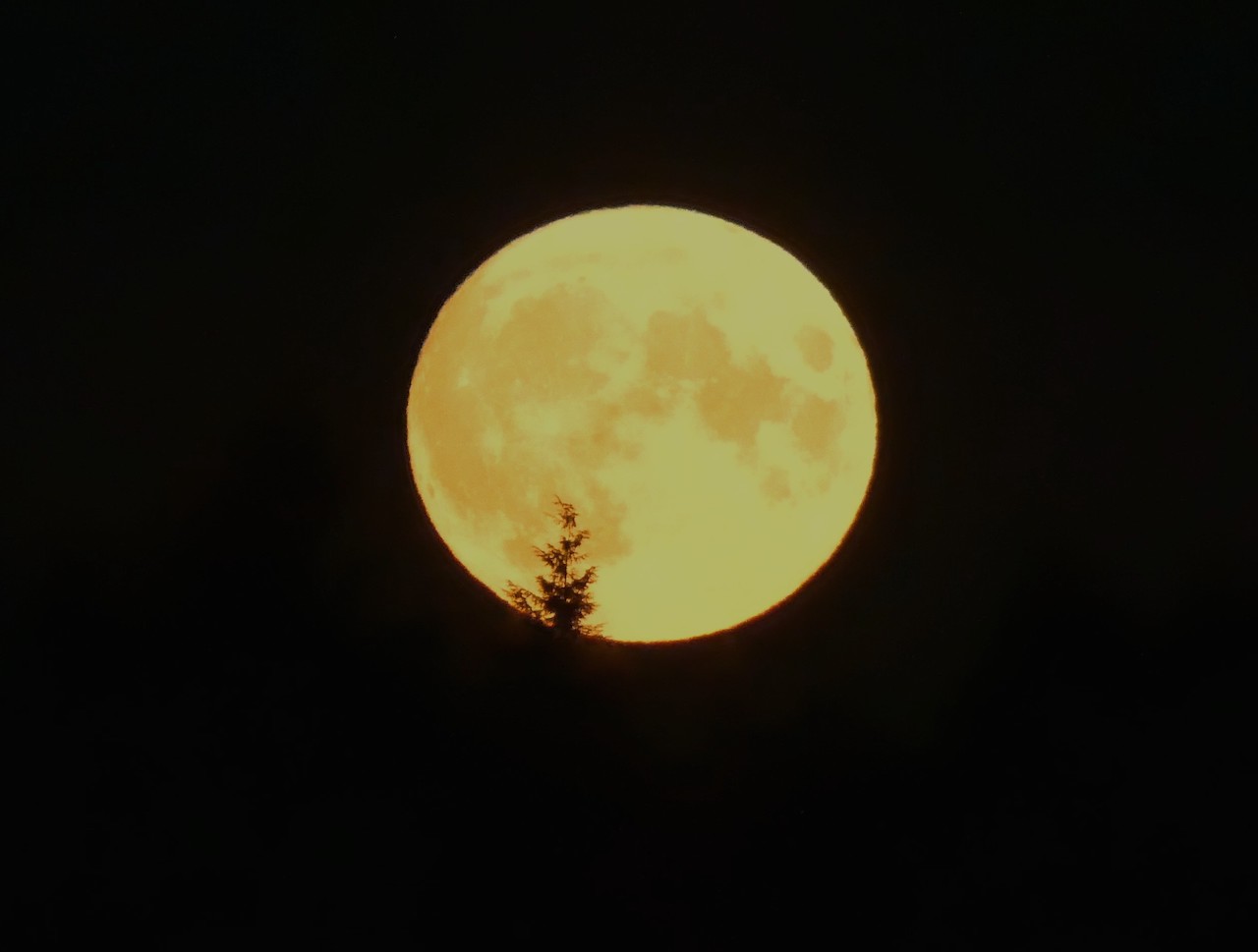
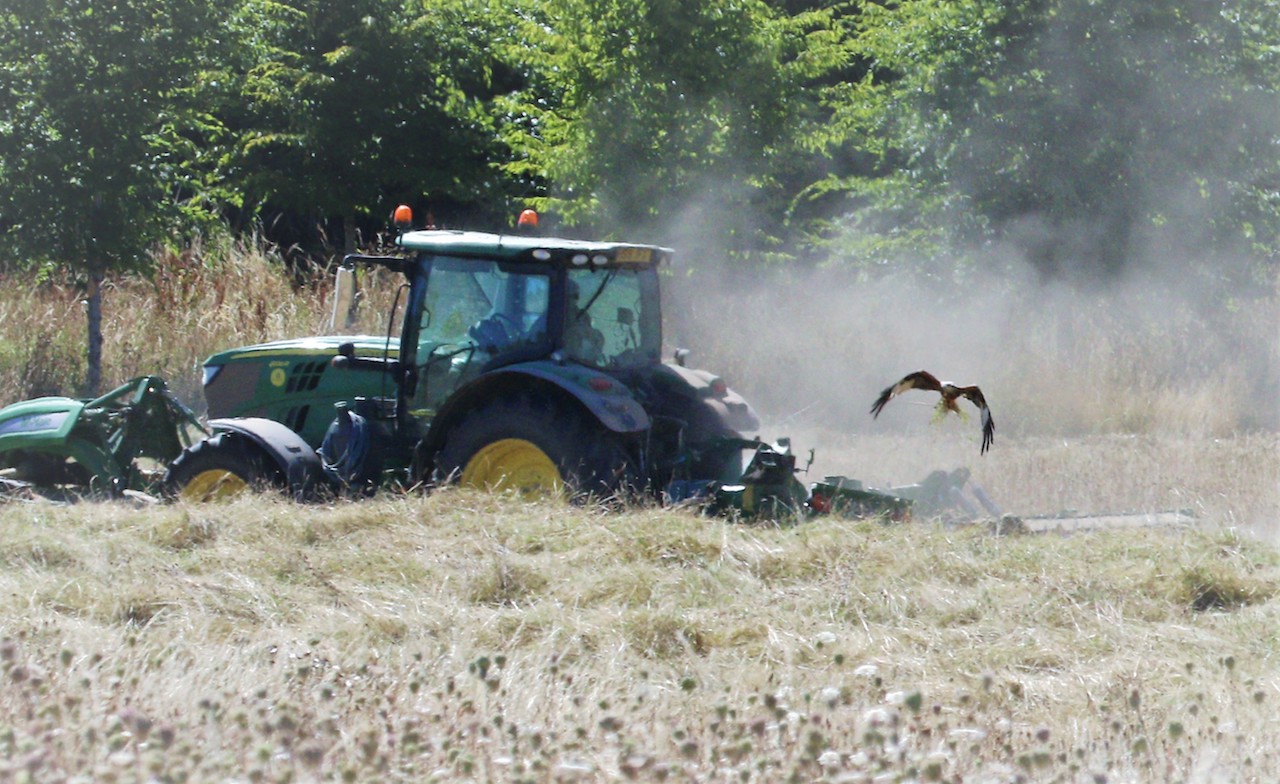
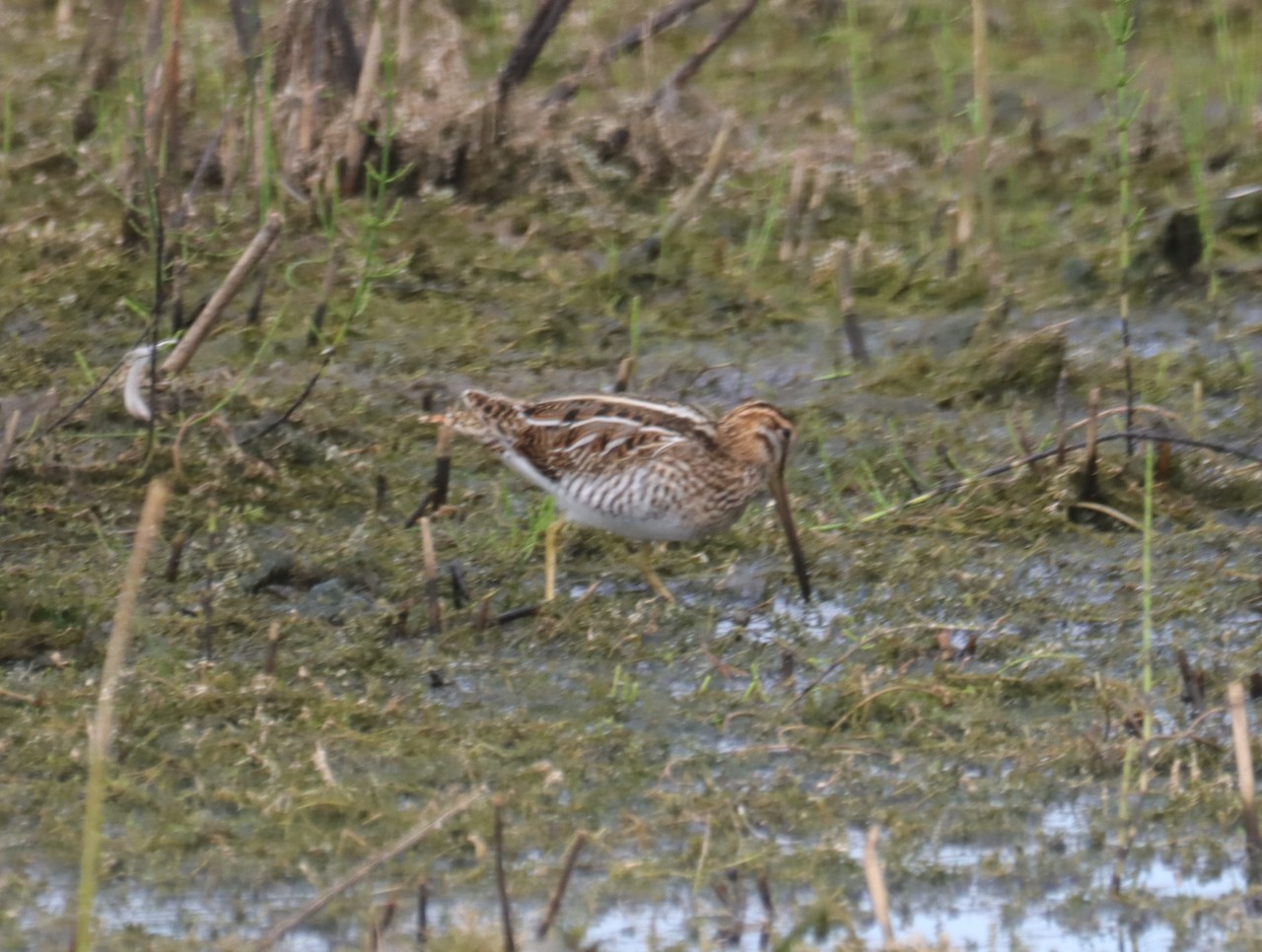
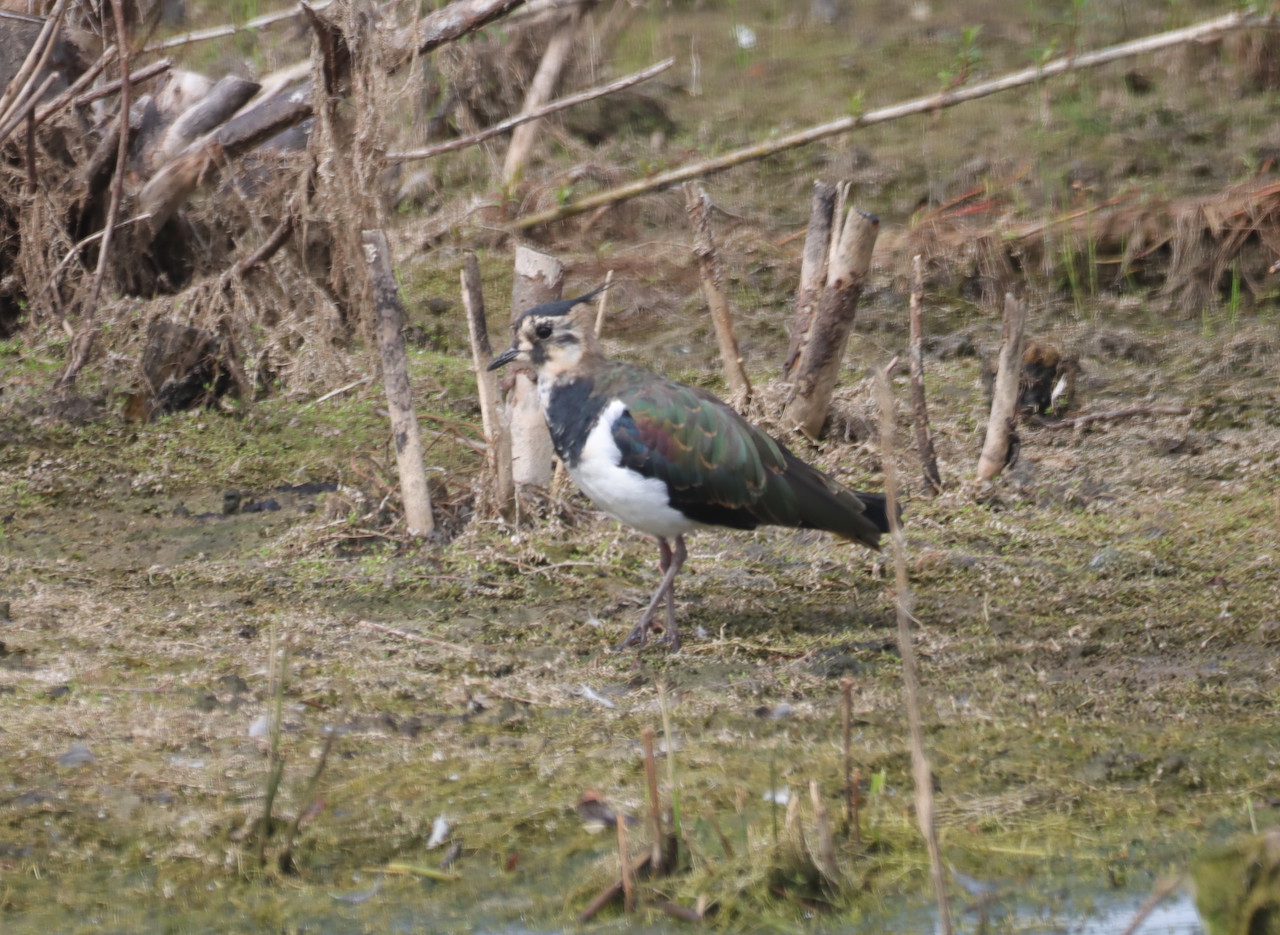

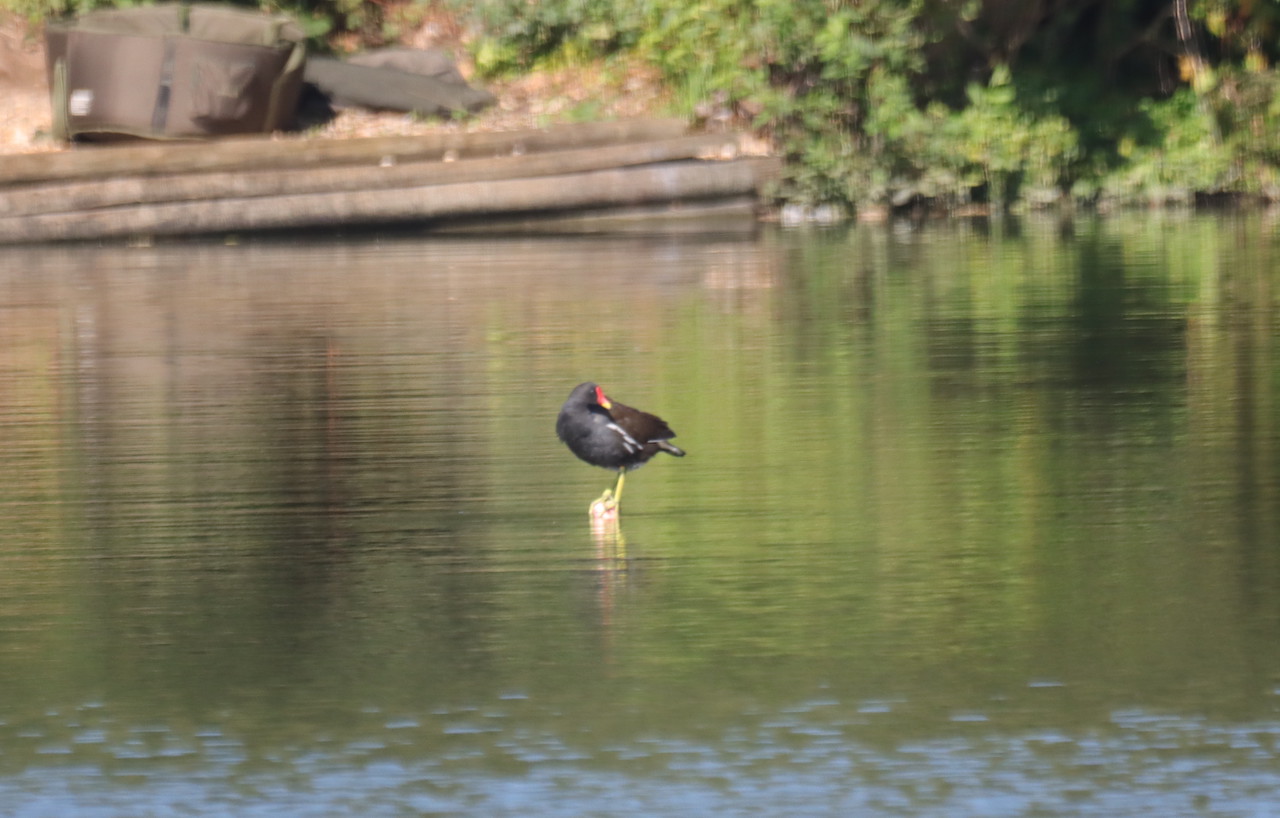
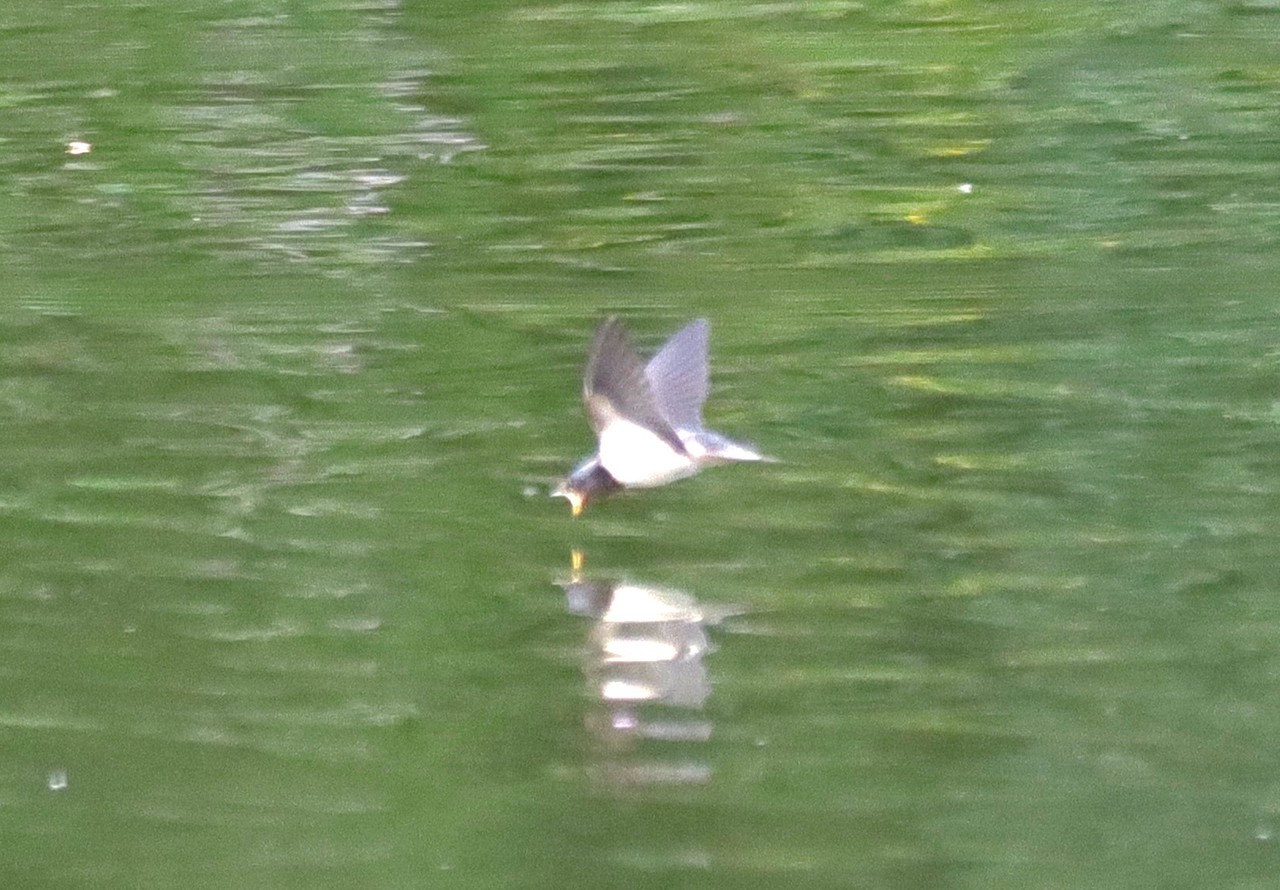

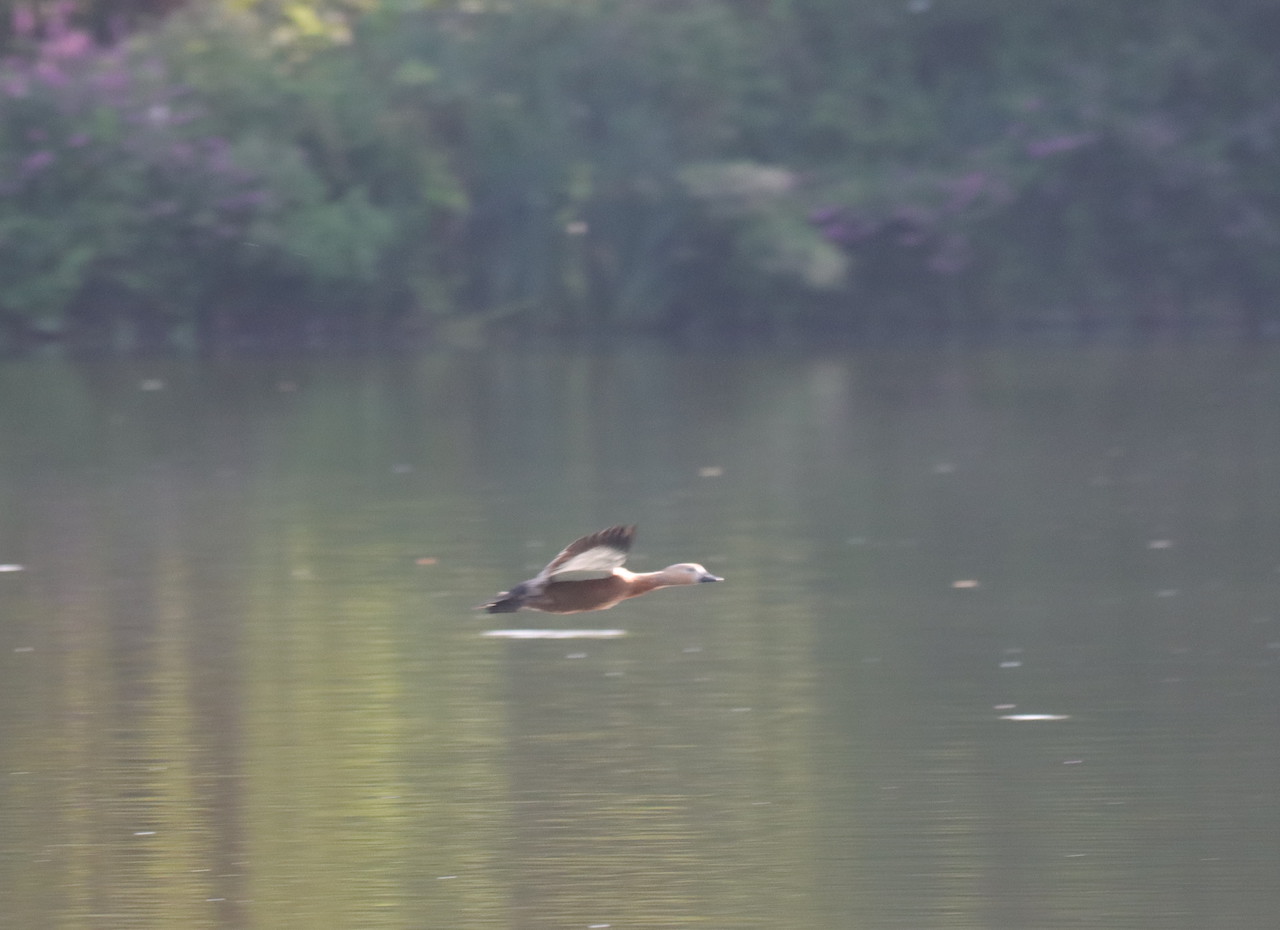
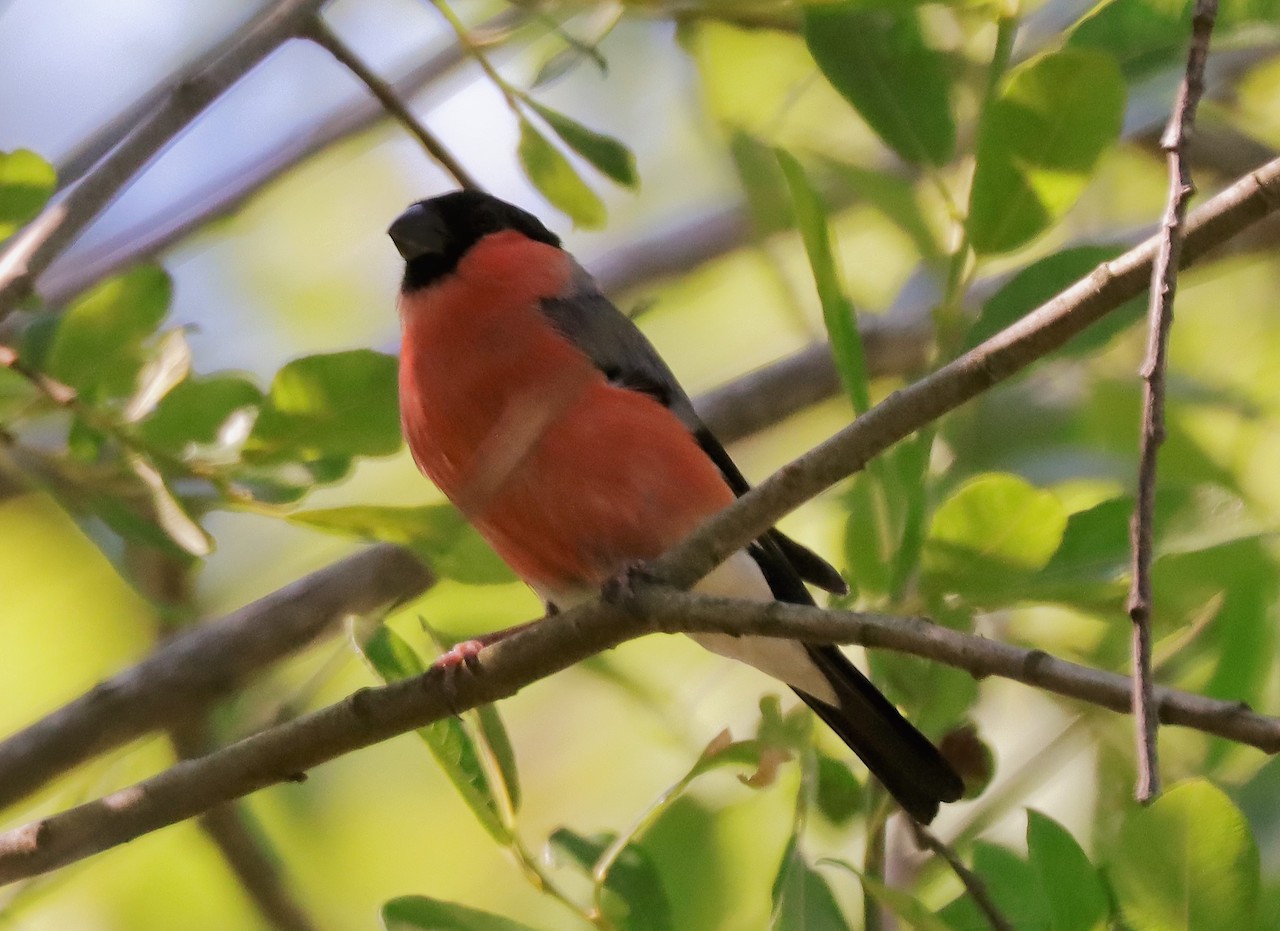
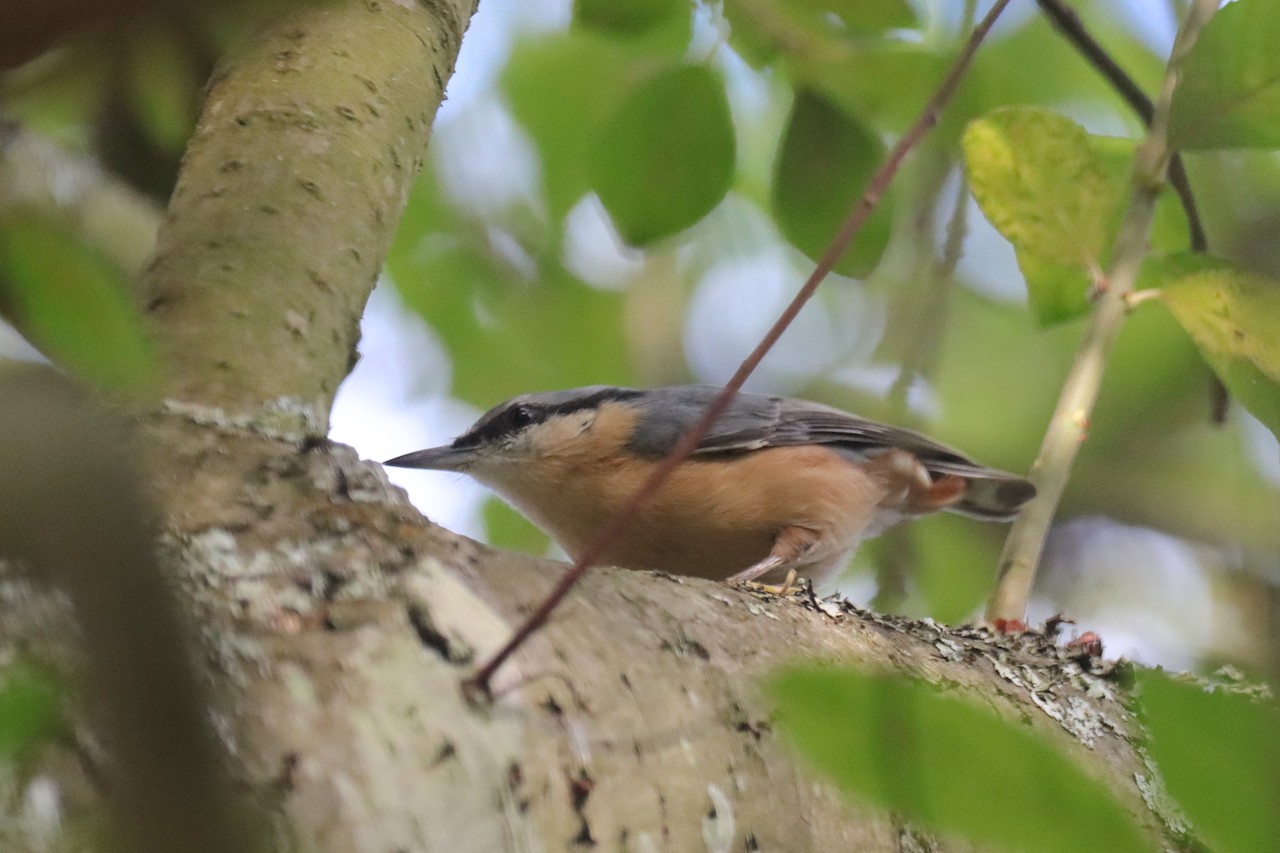
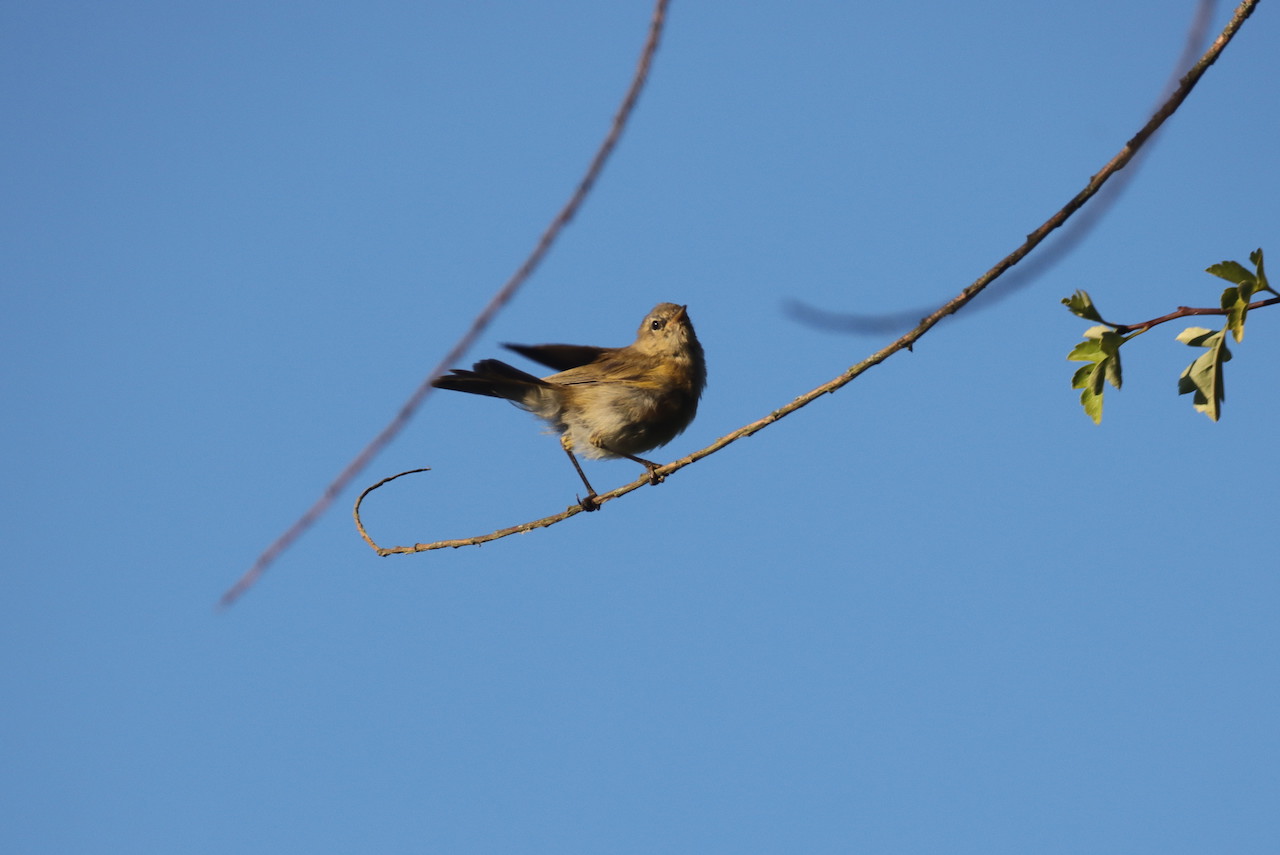


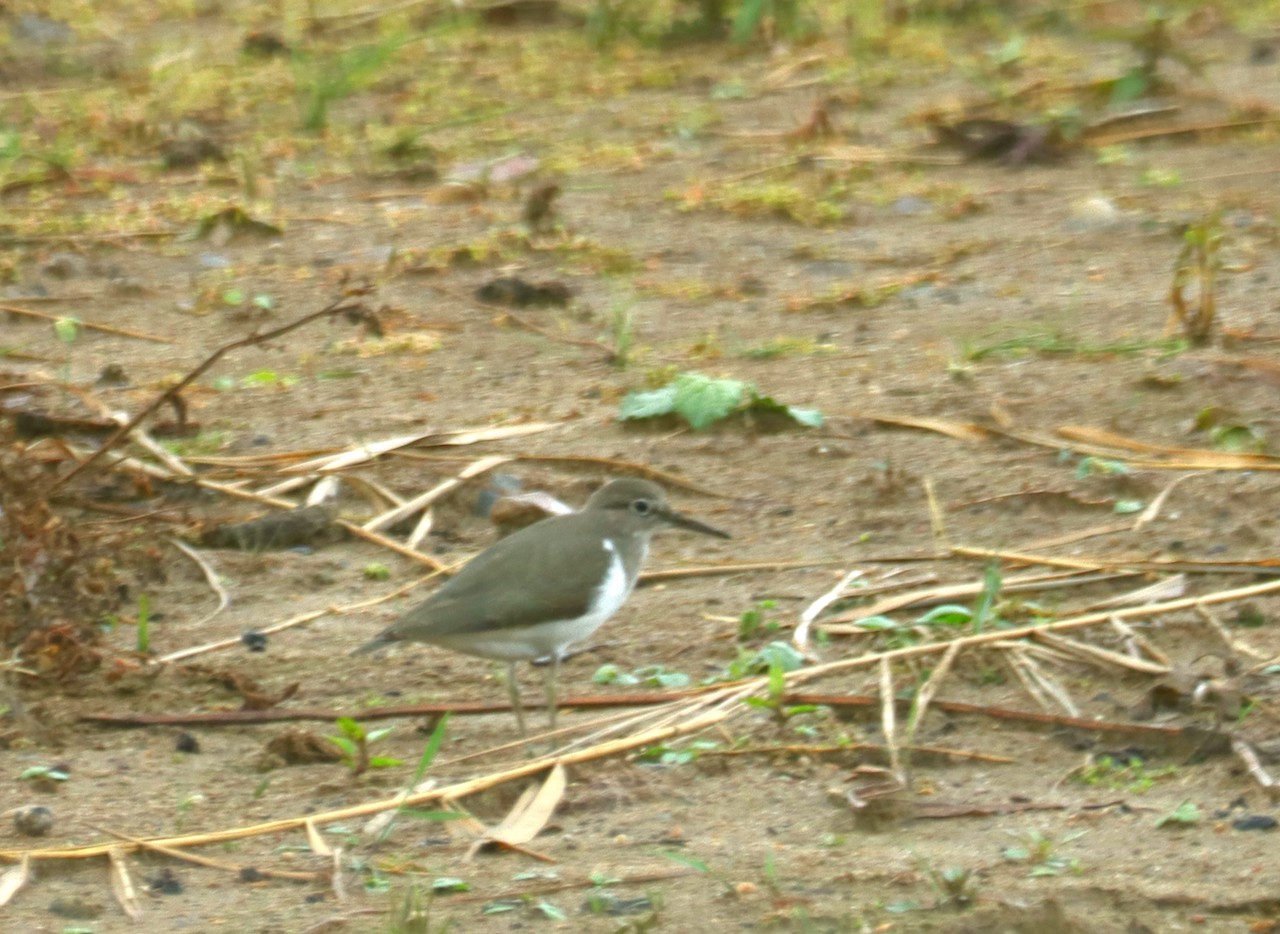
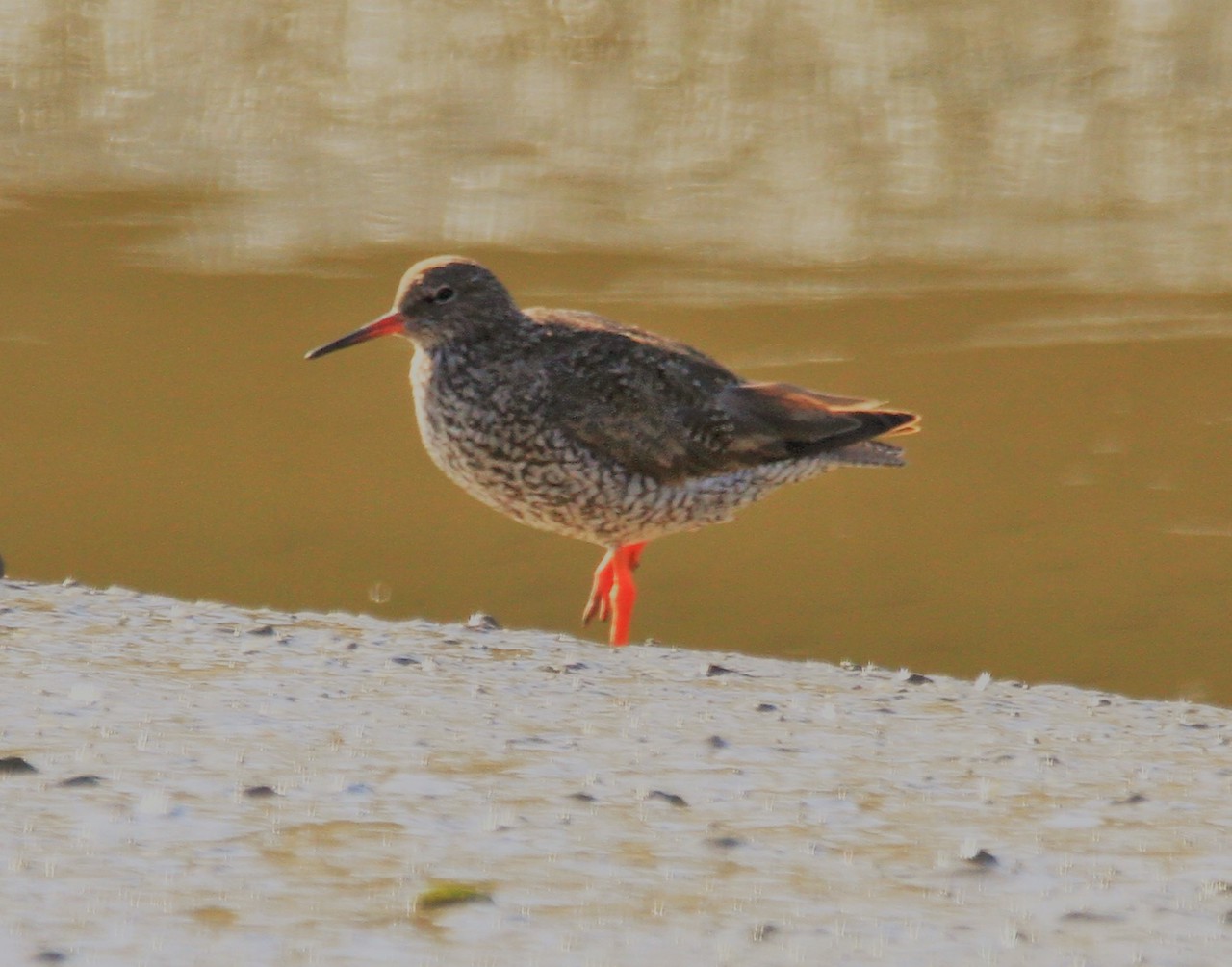
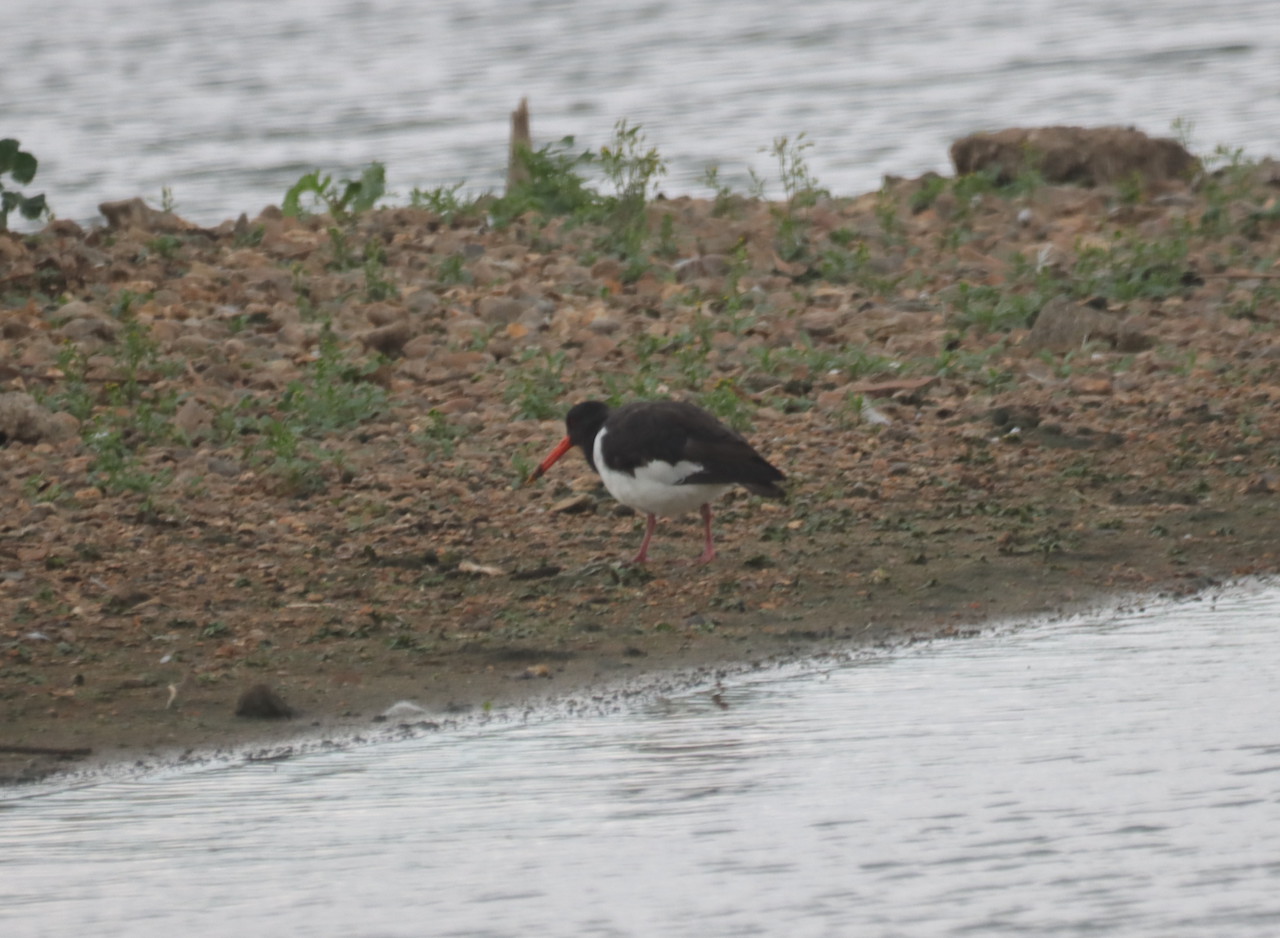


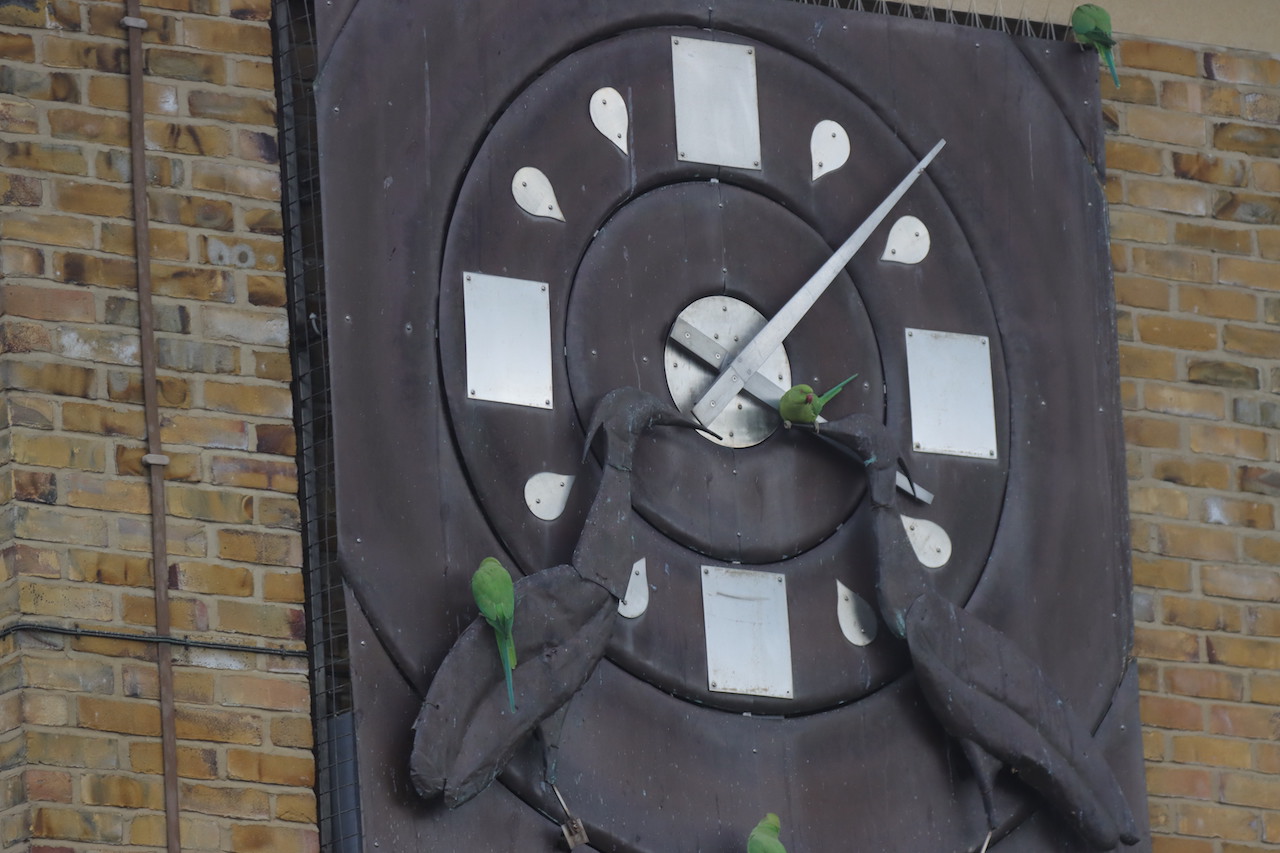


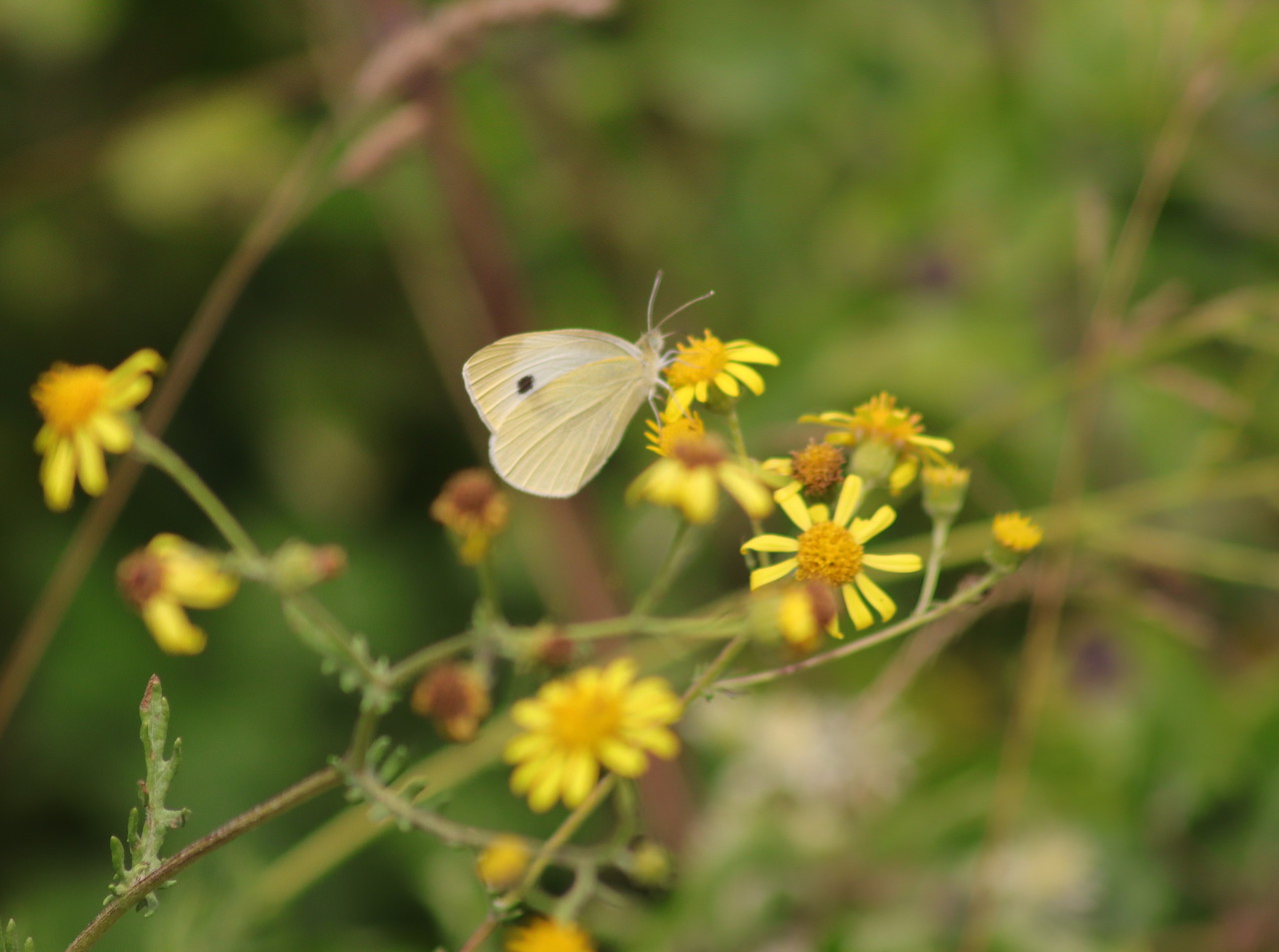



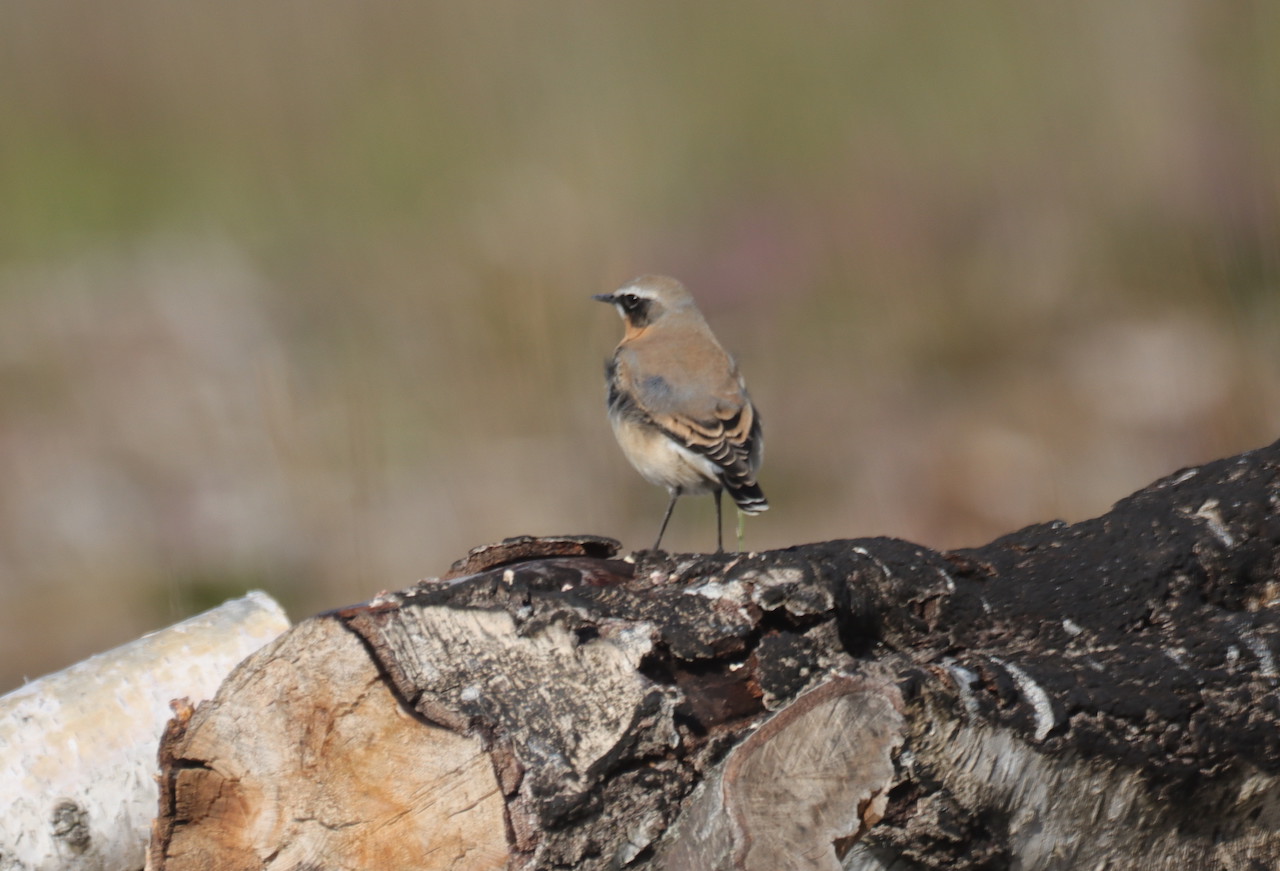
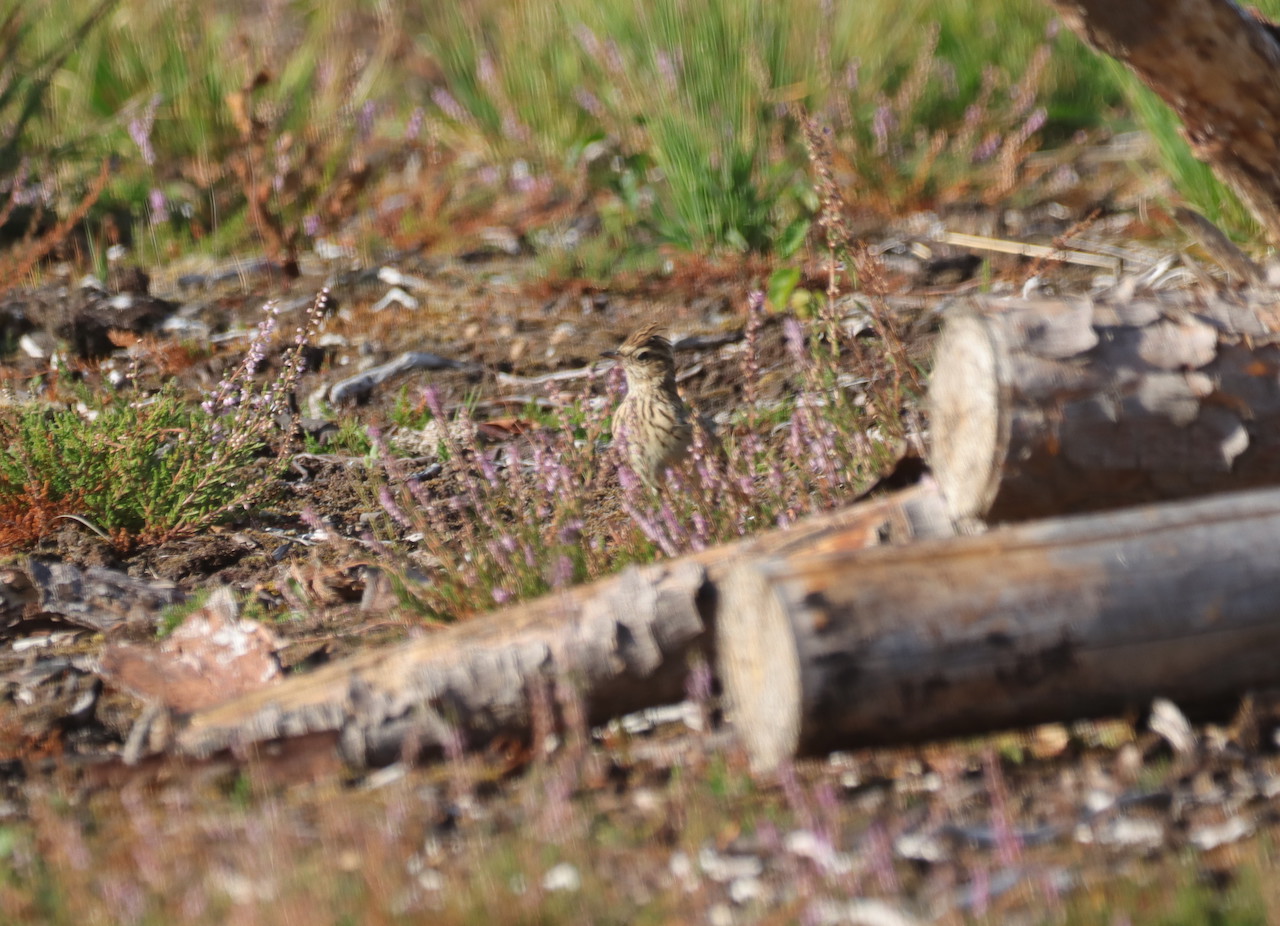
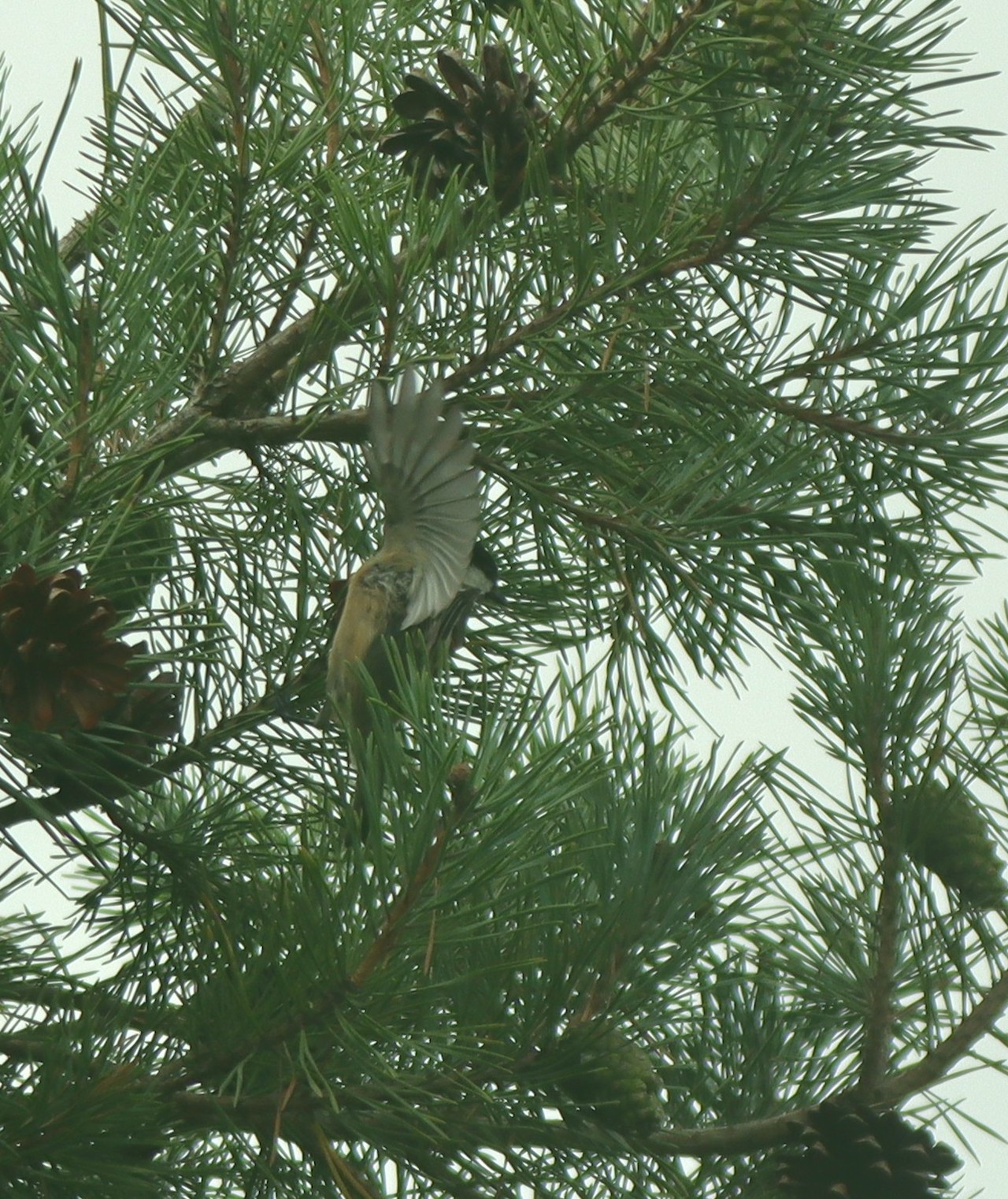

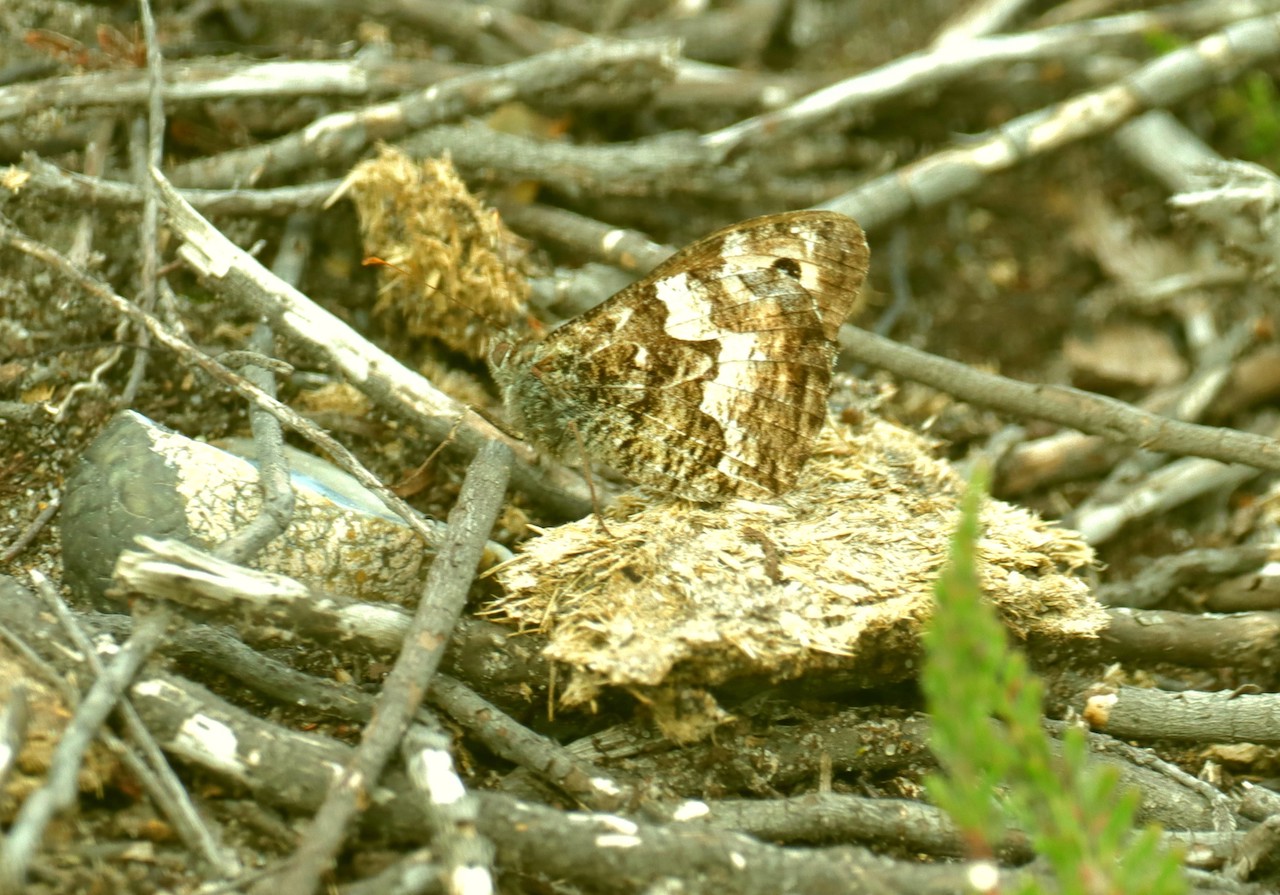
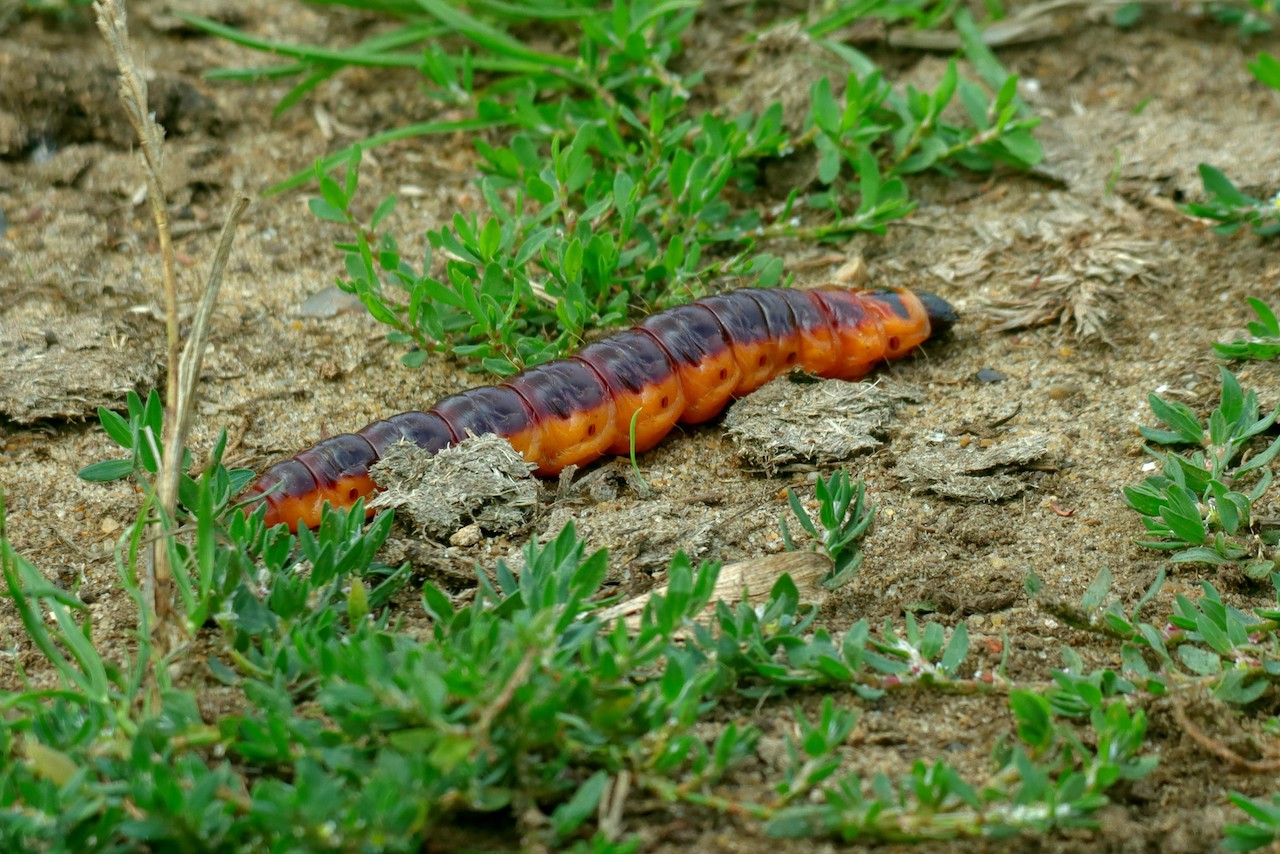






Recent Comments